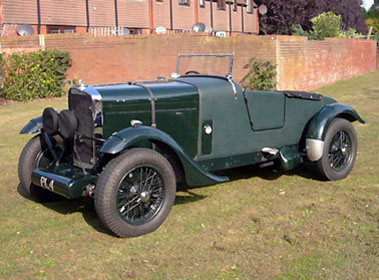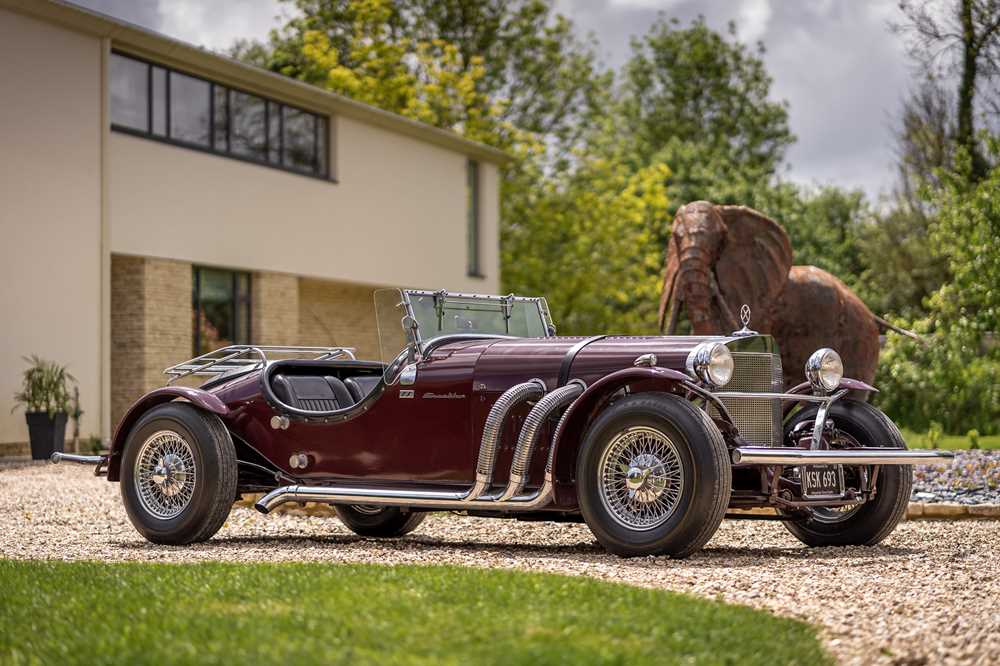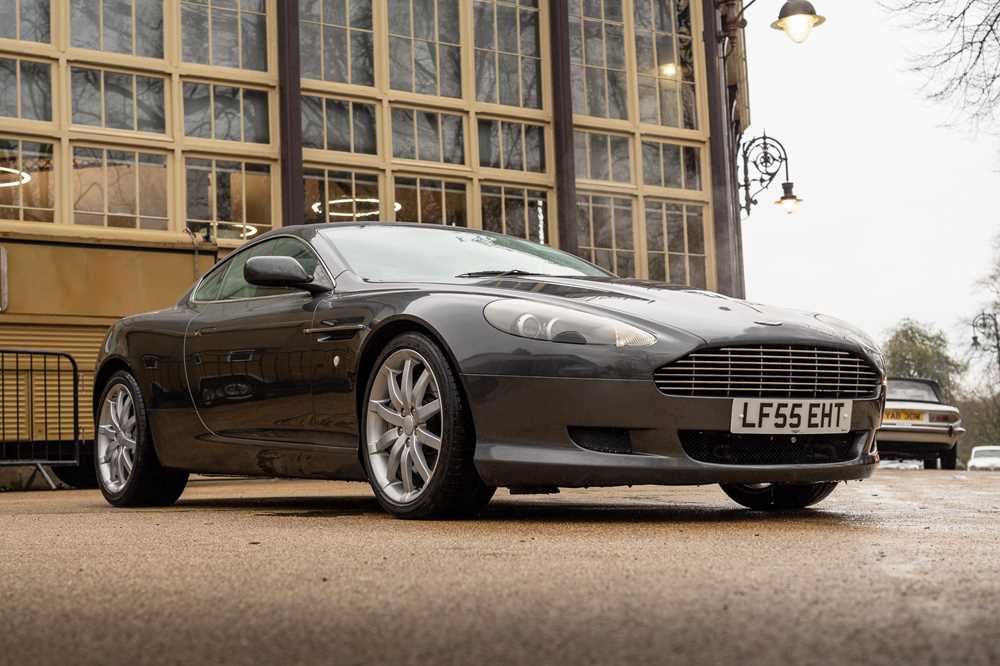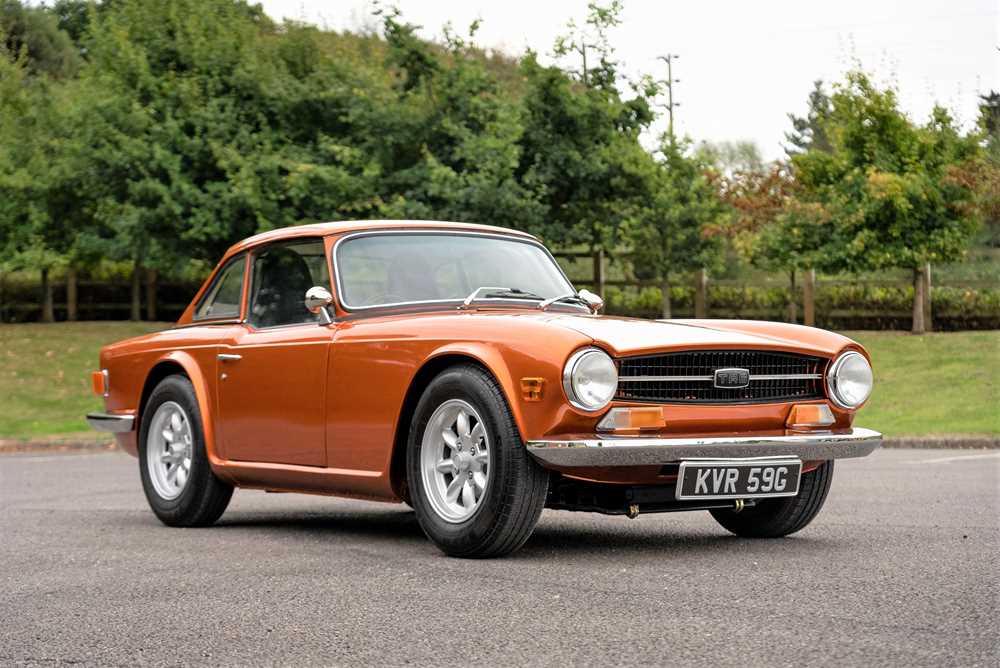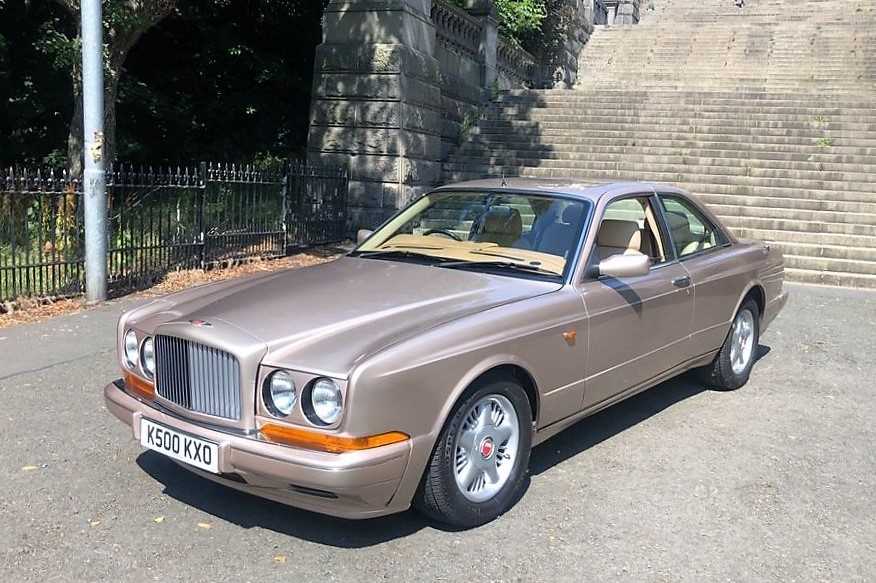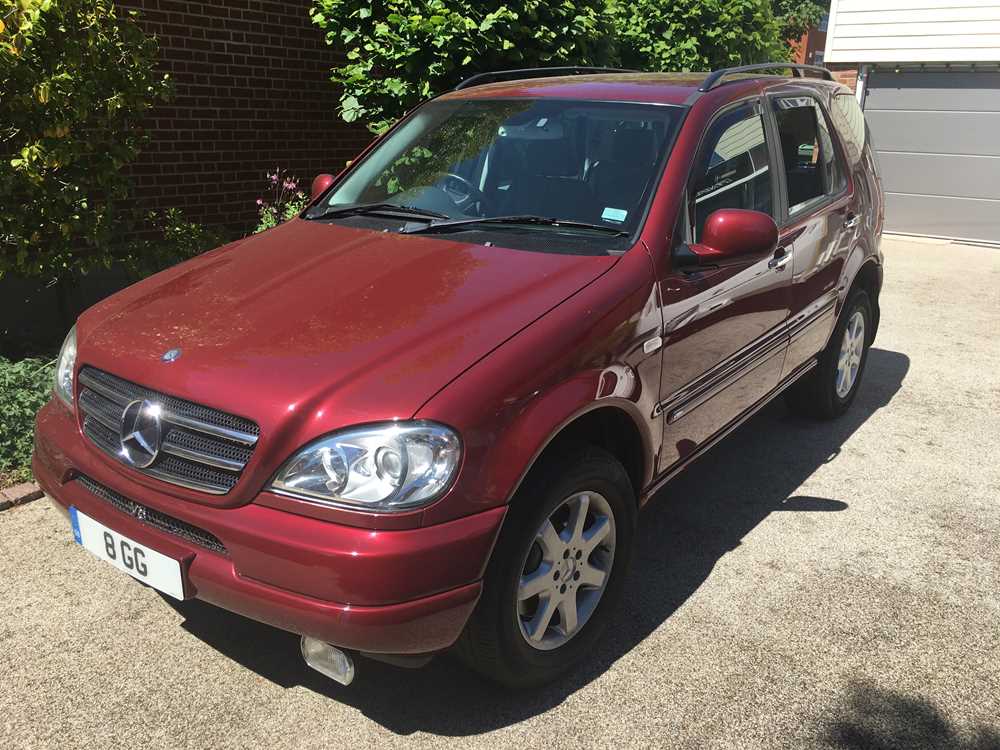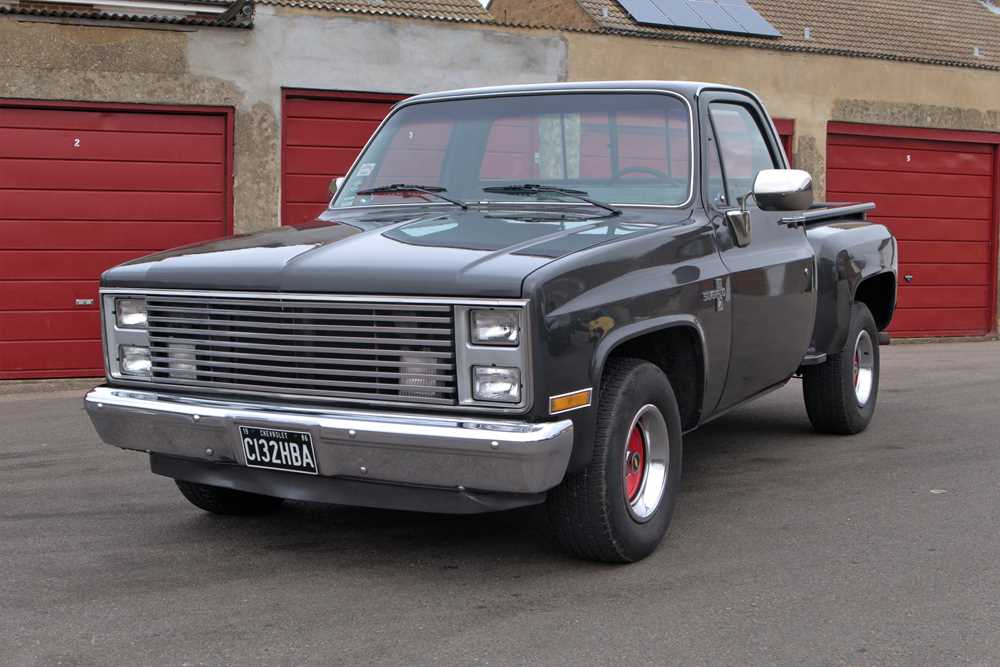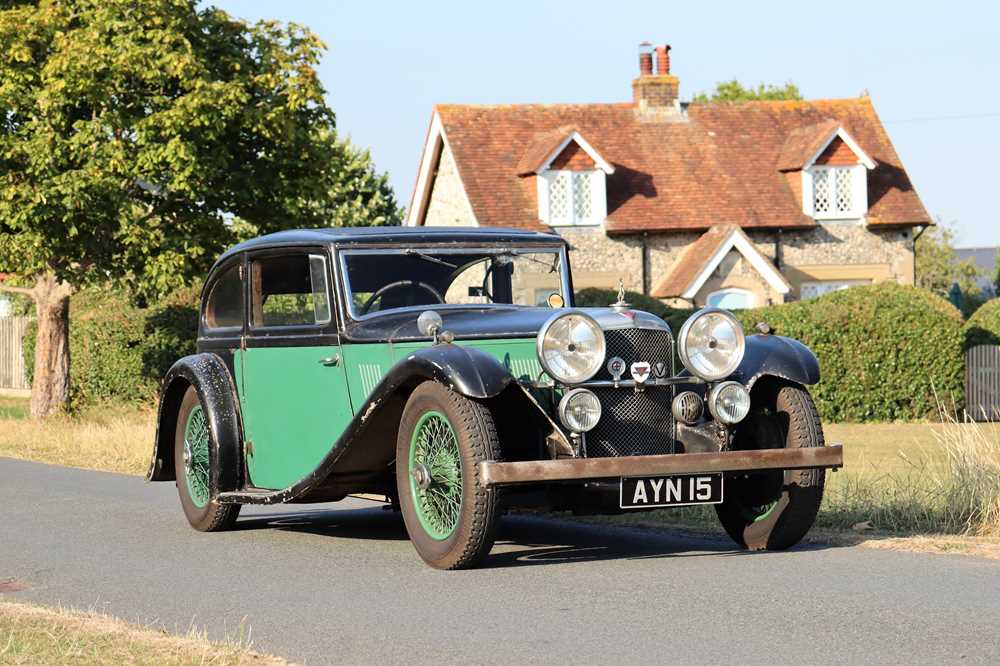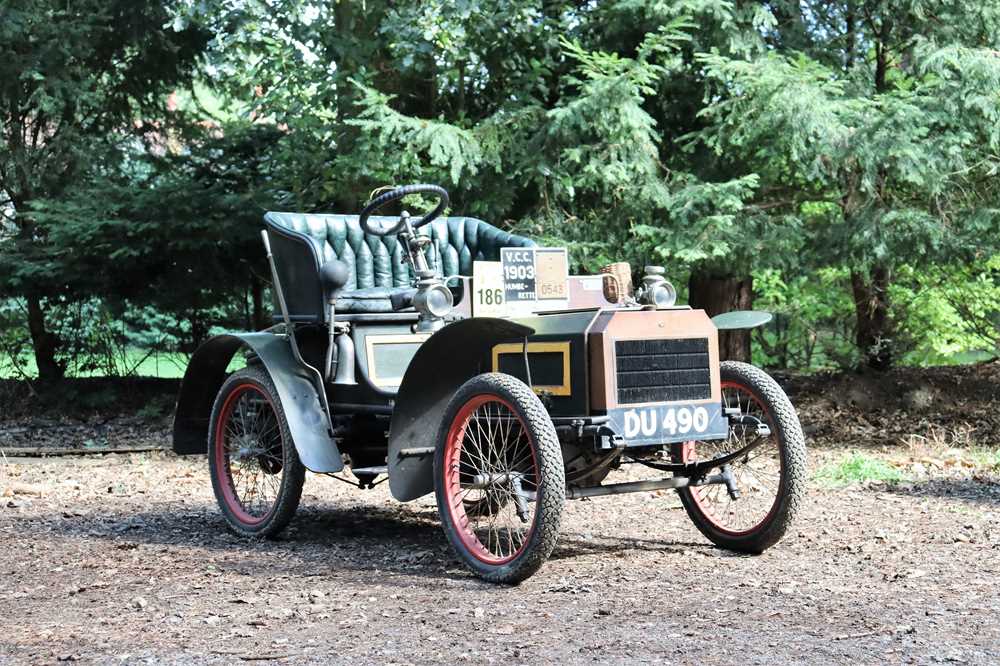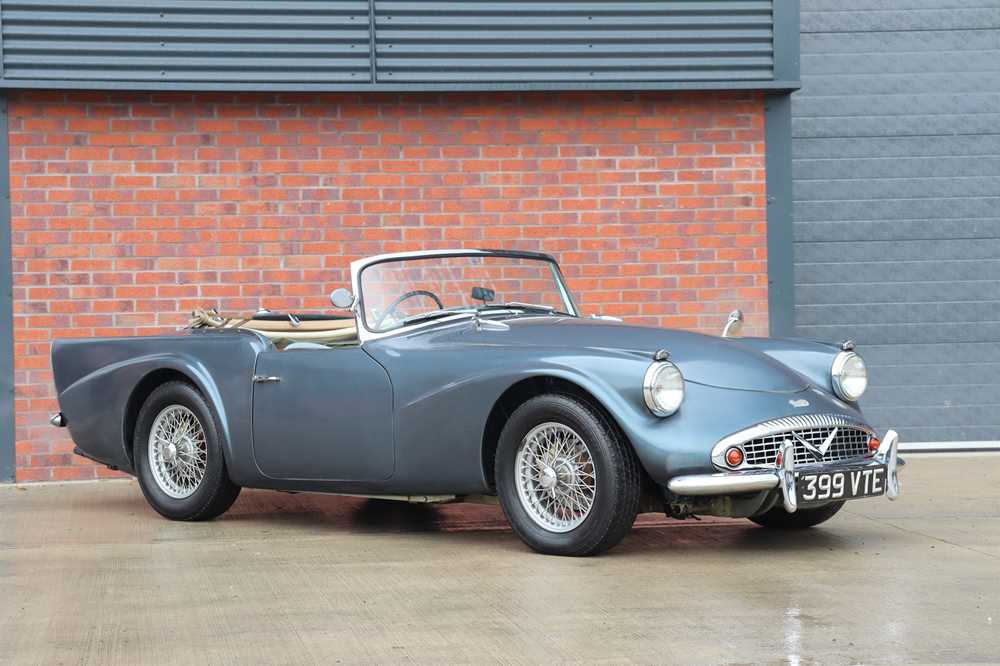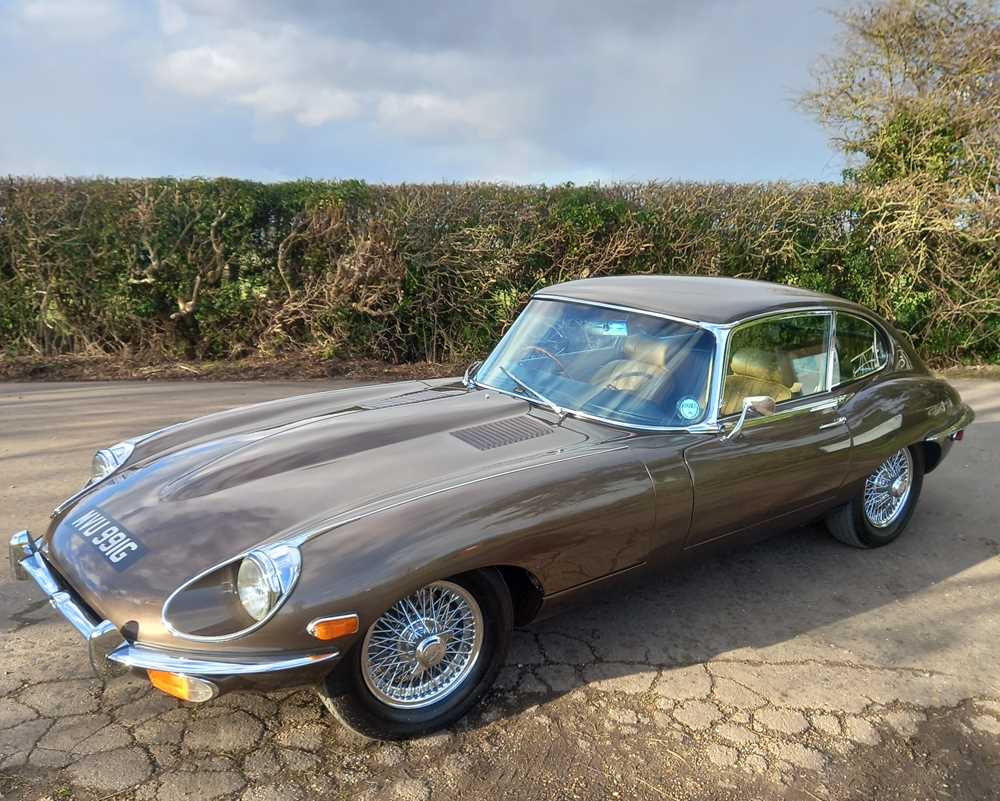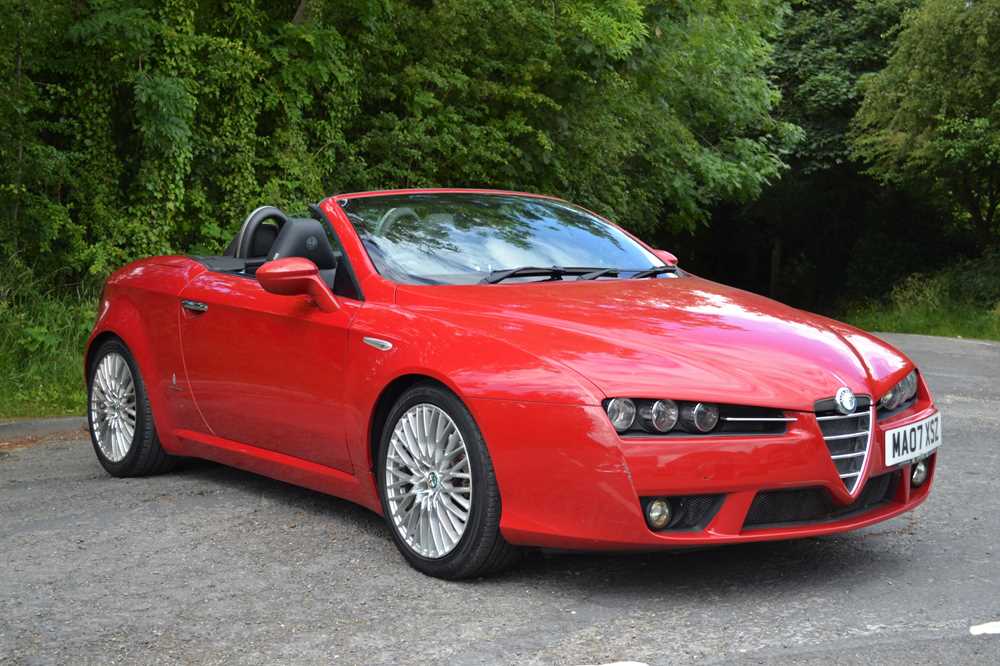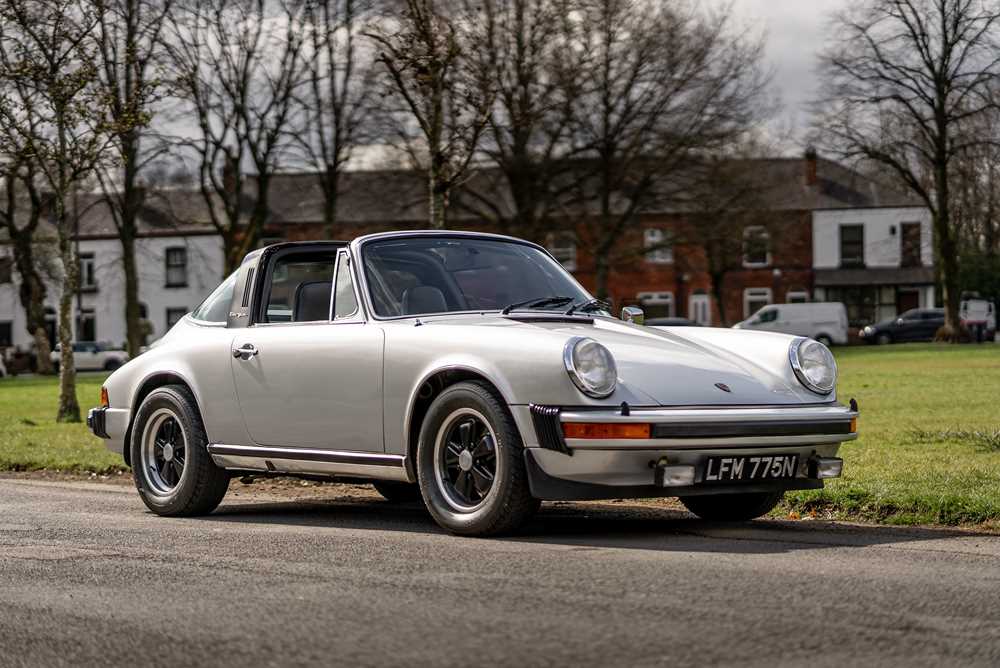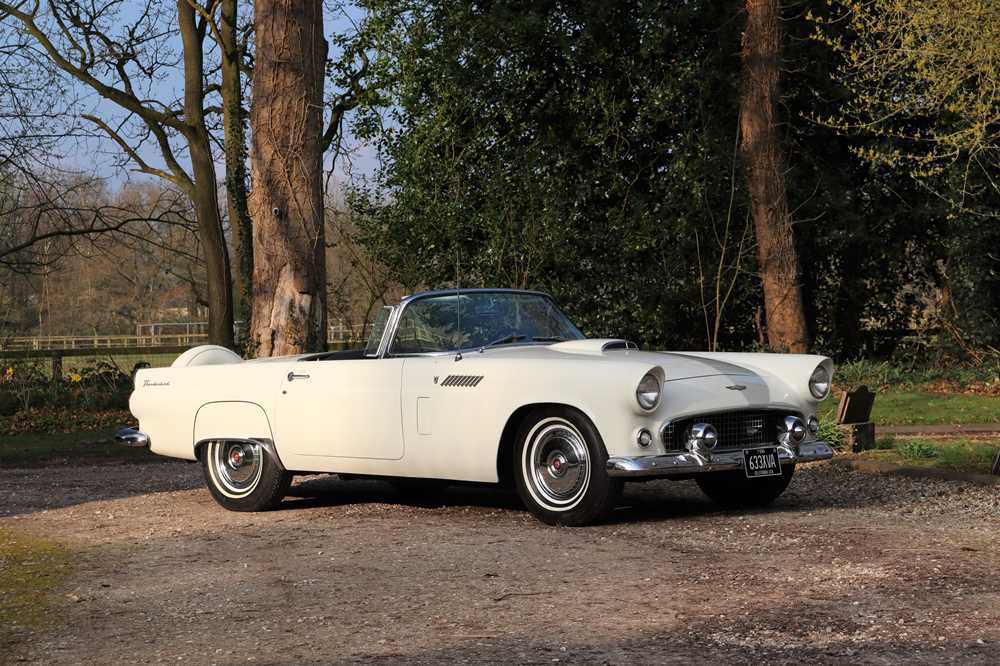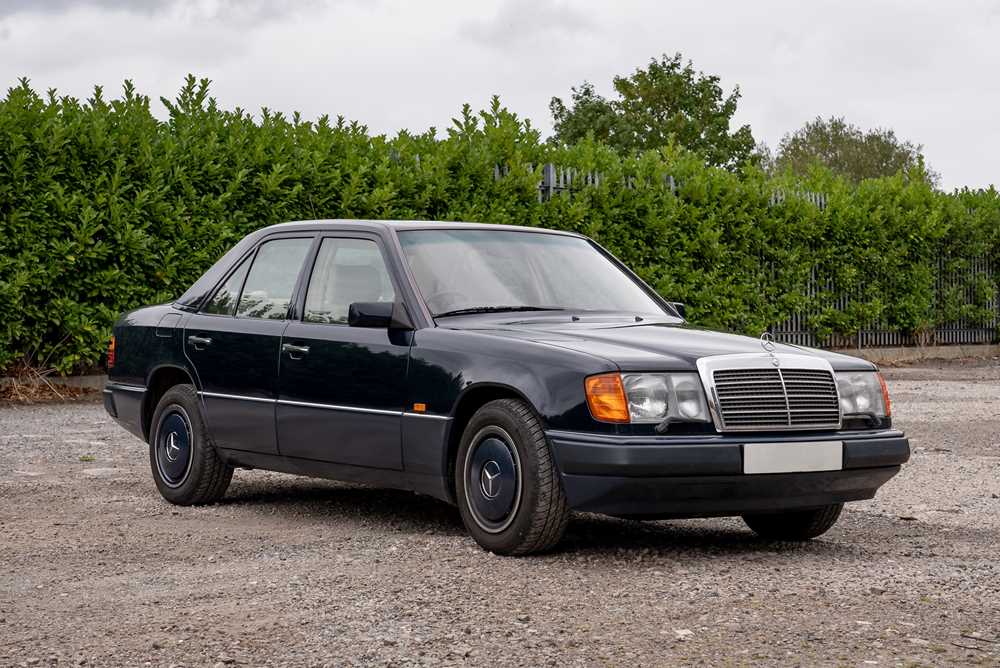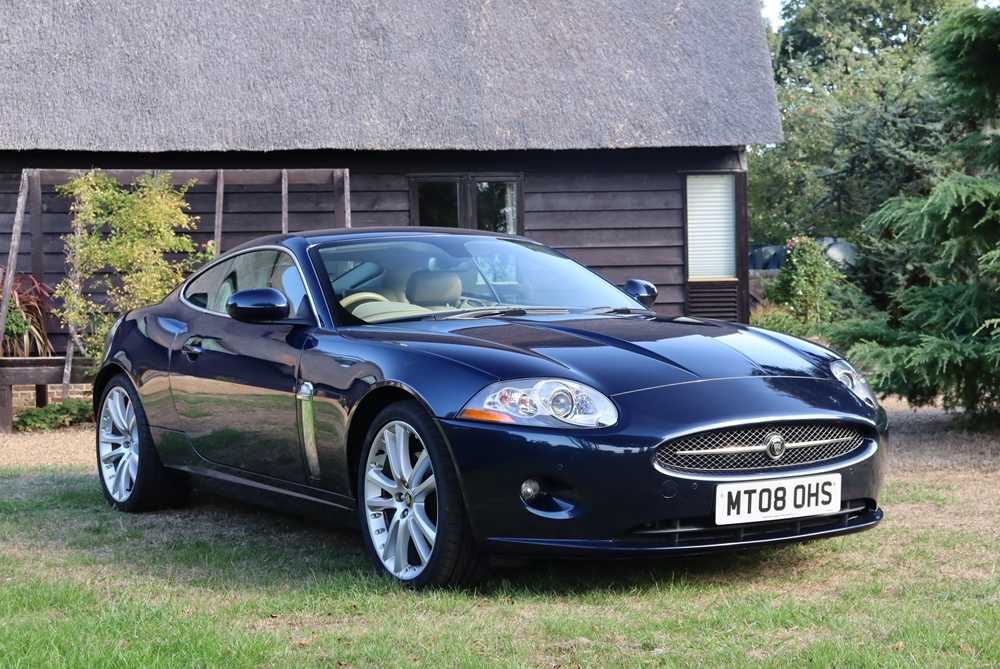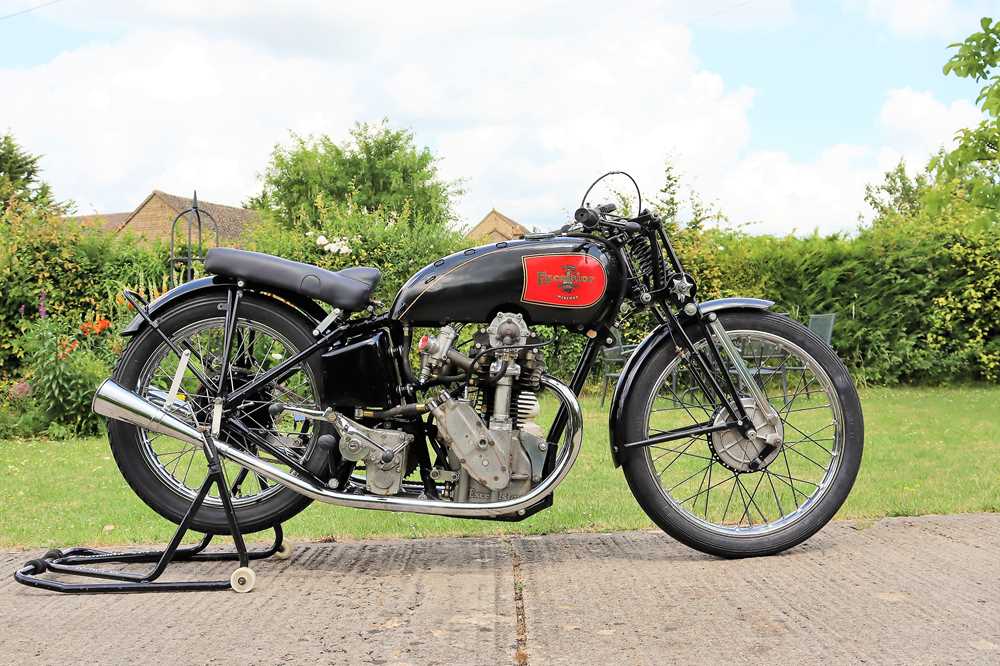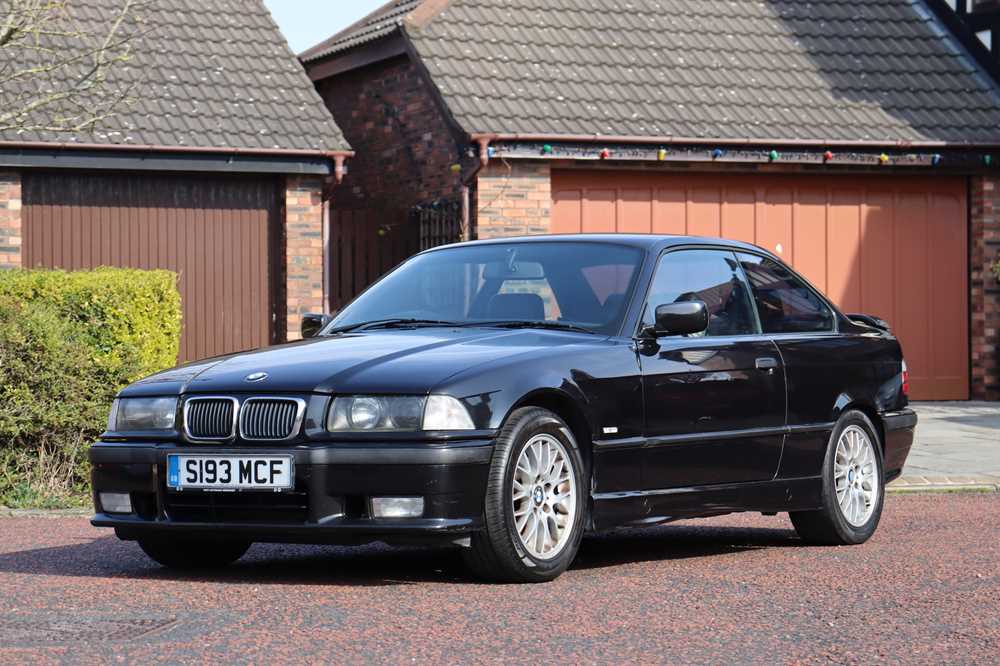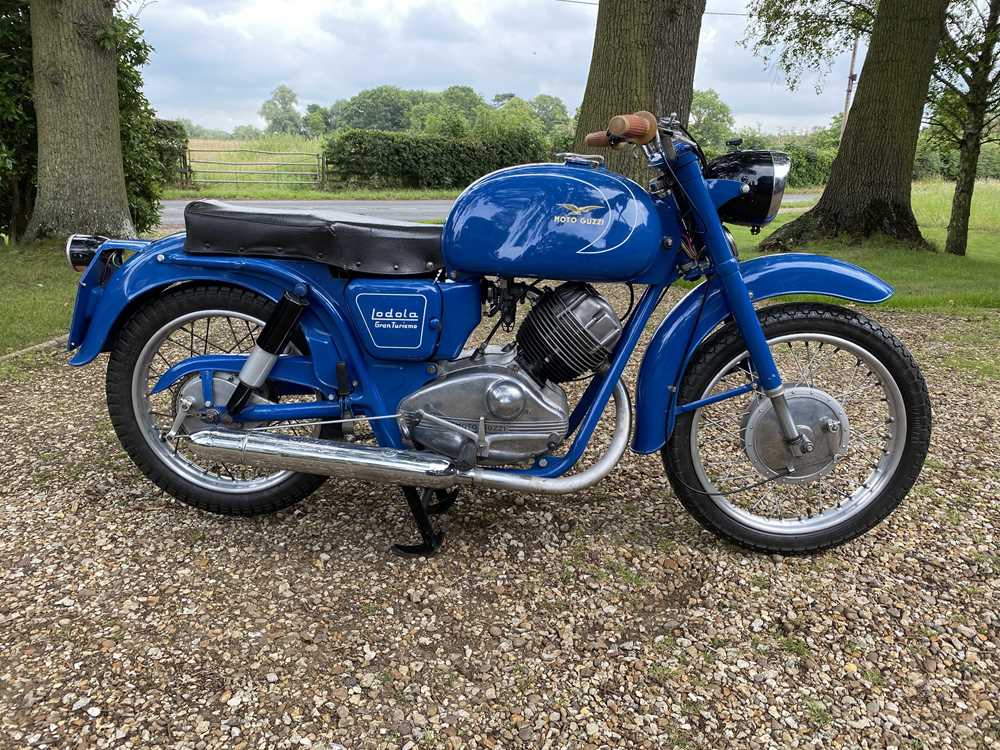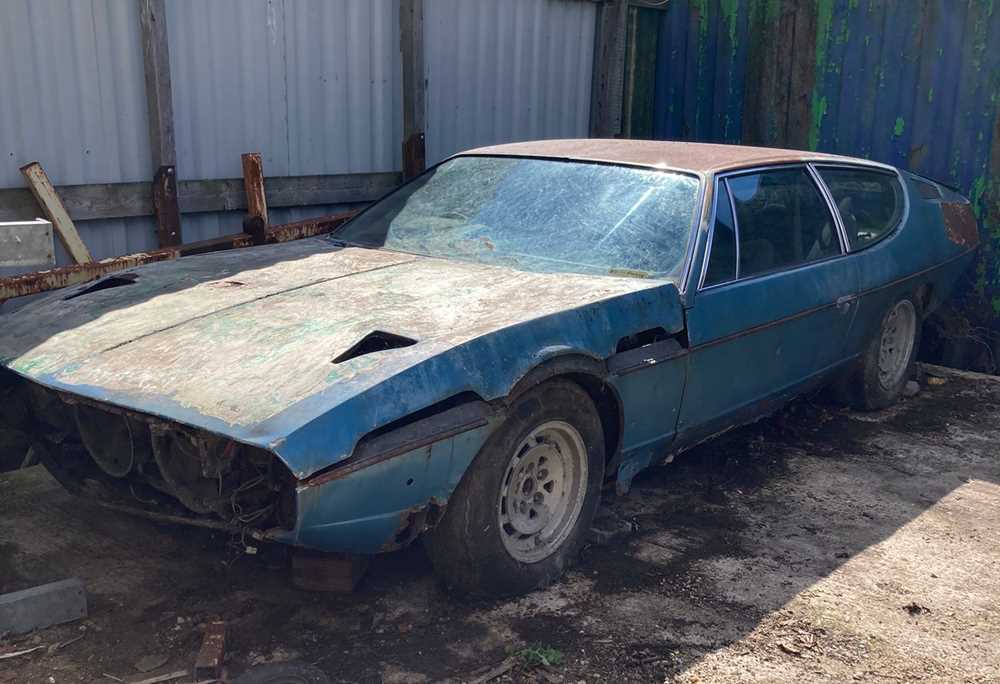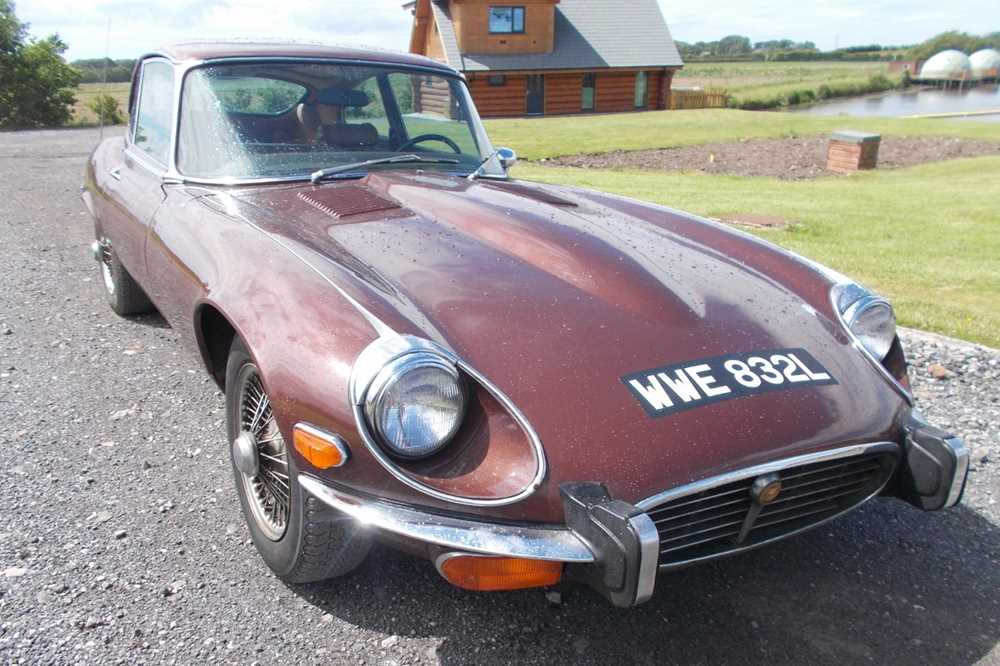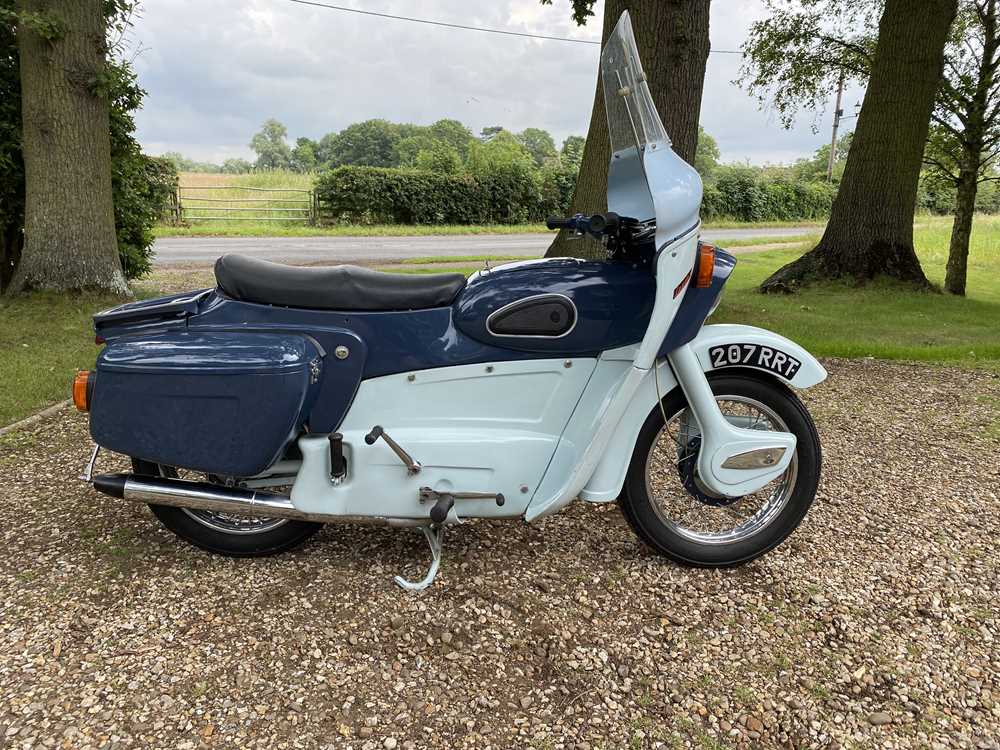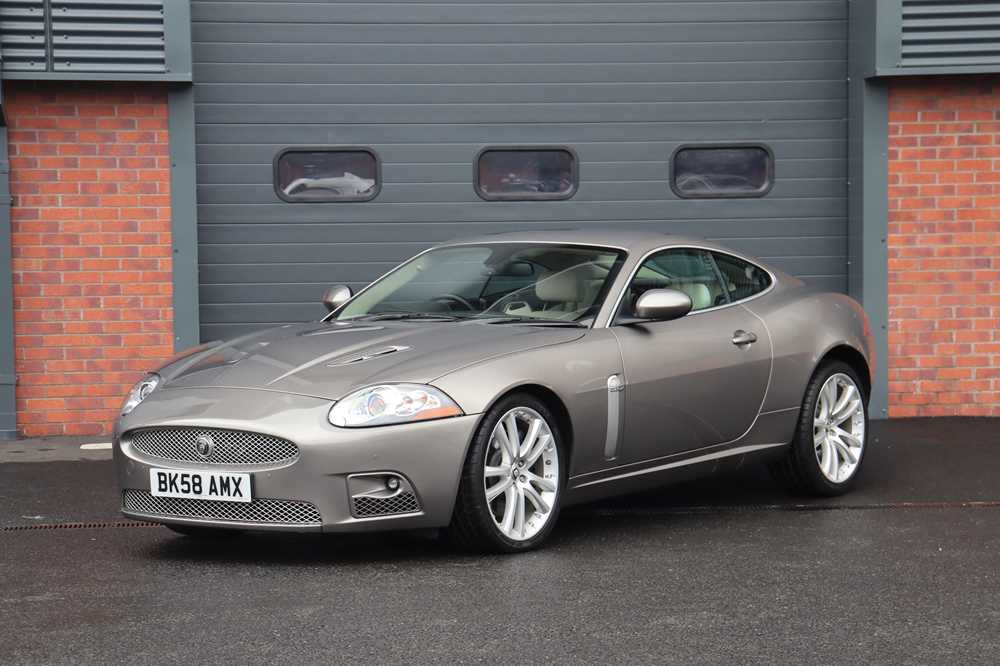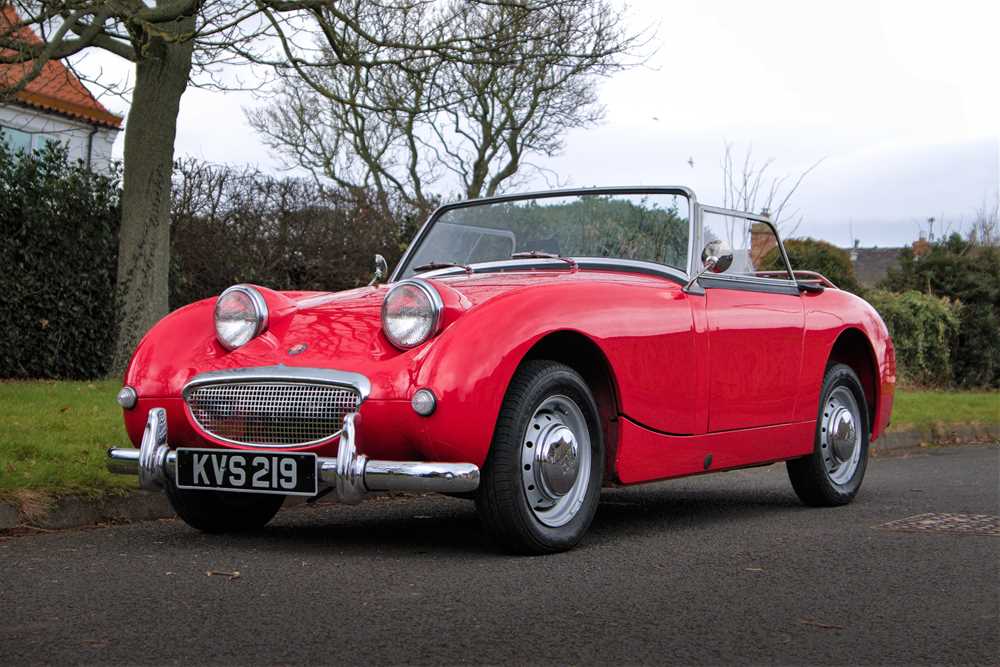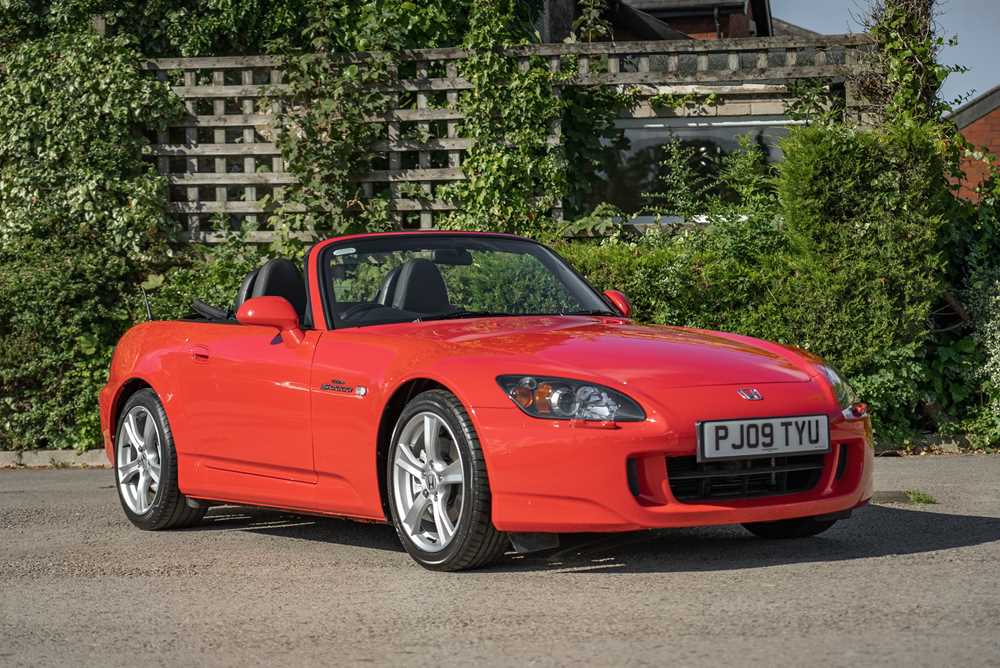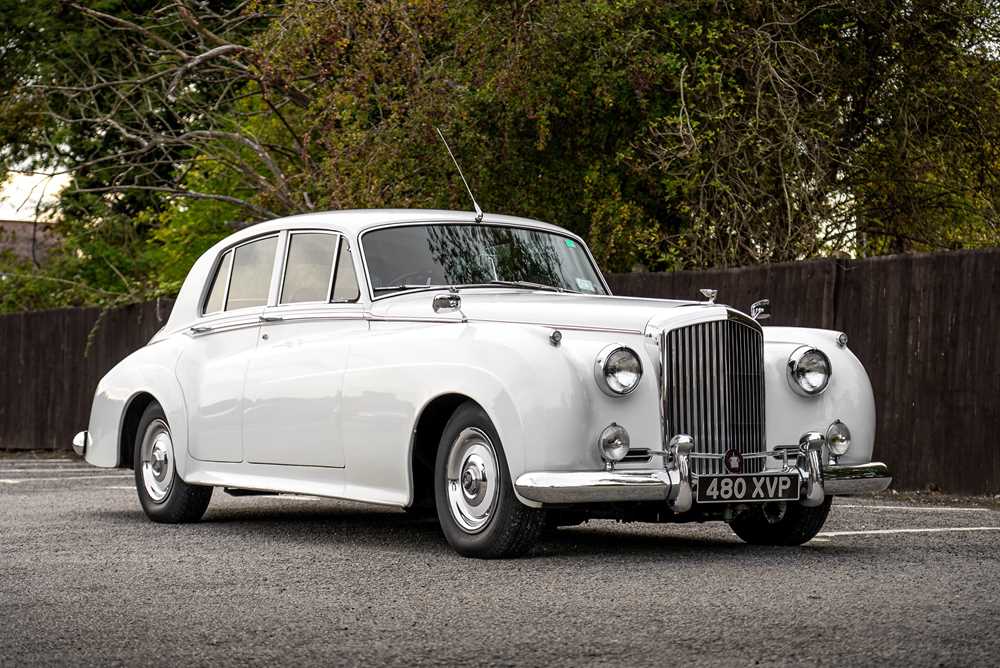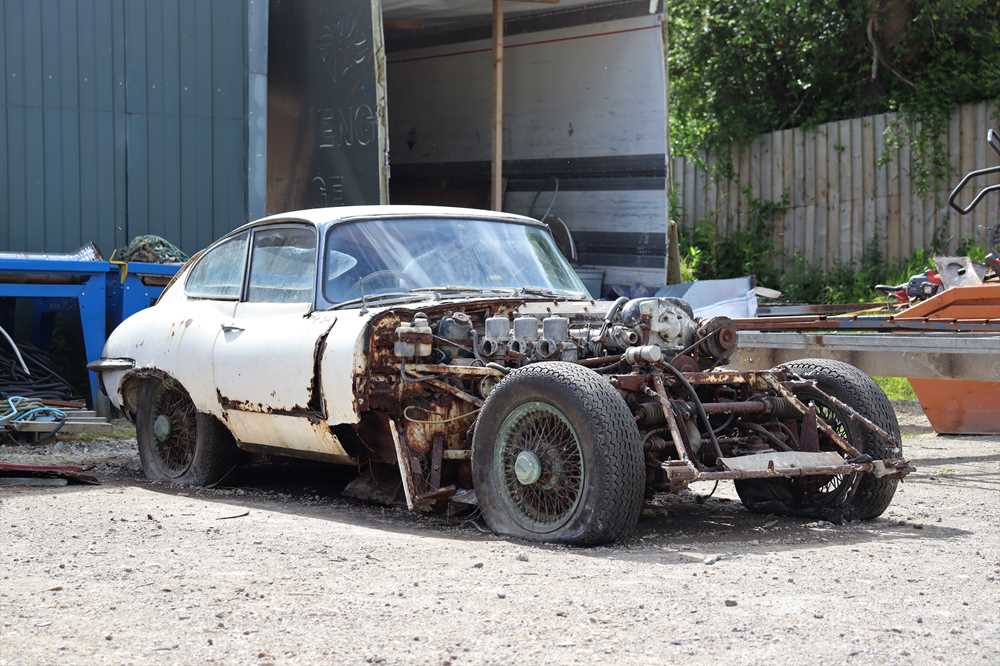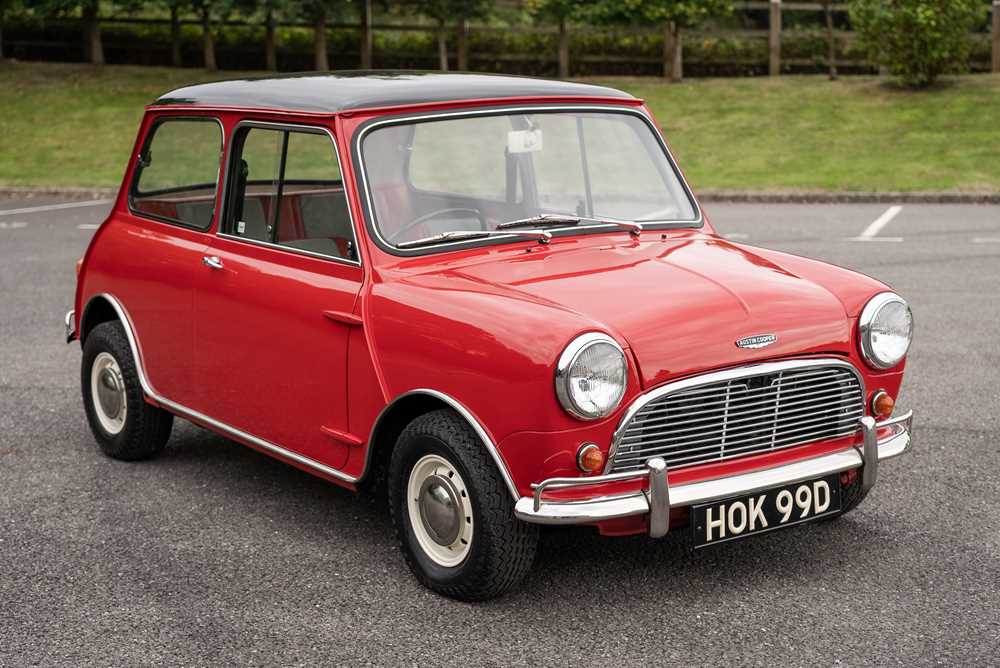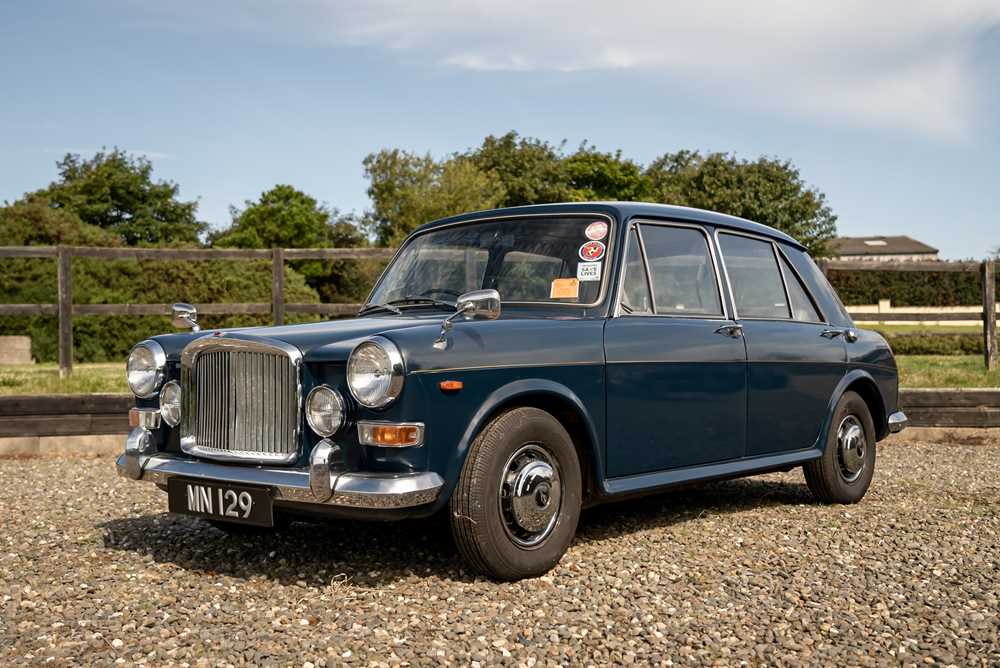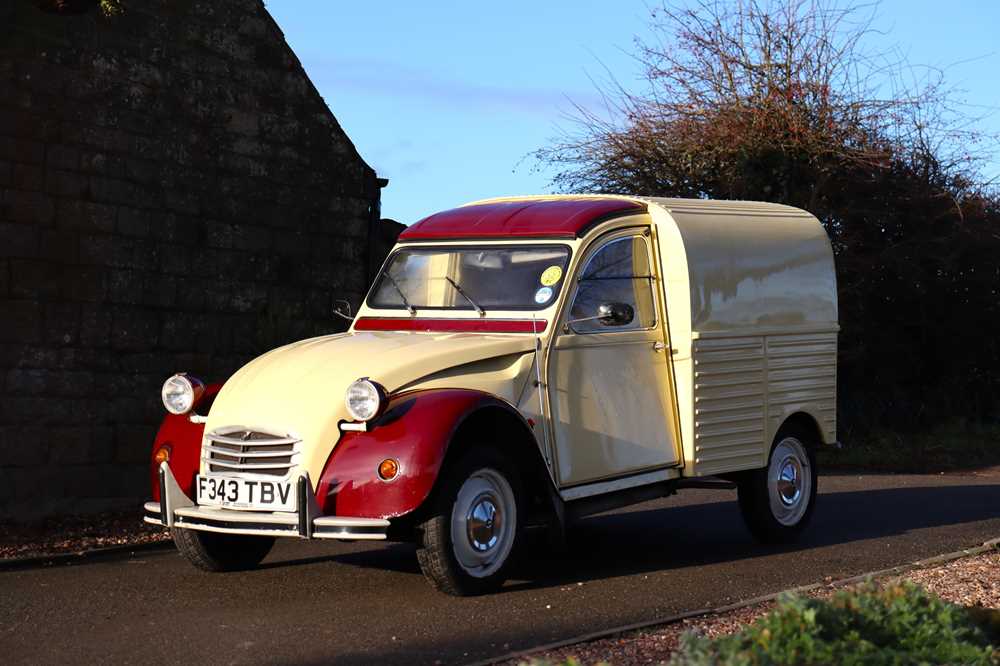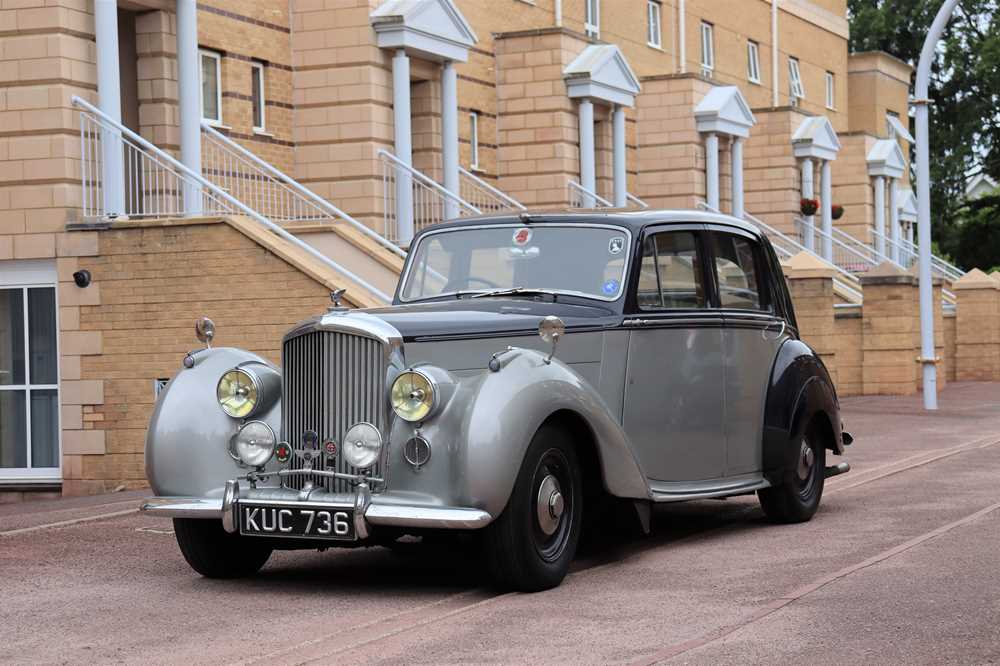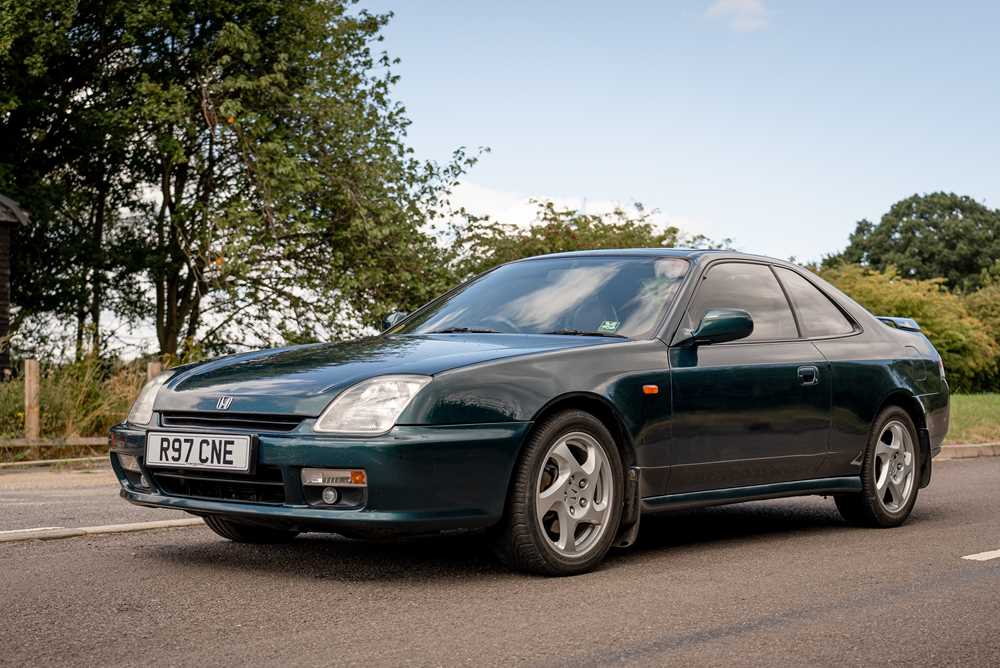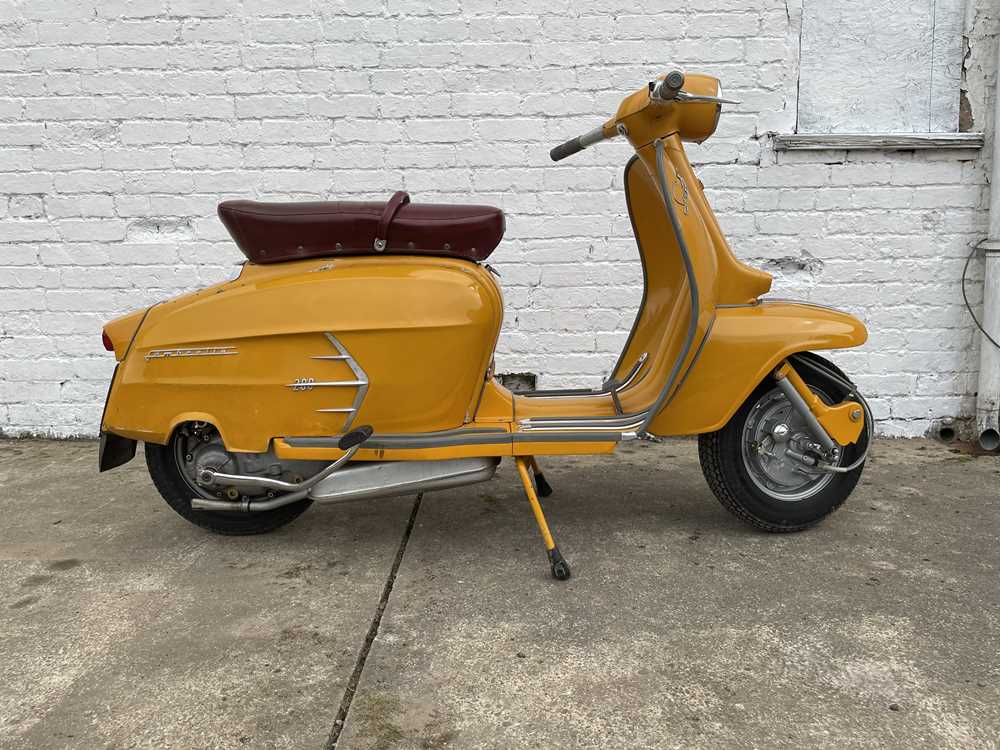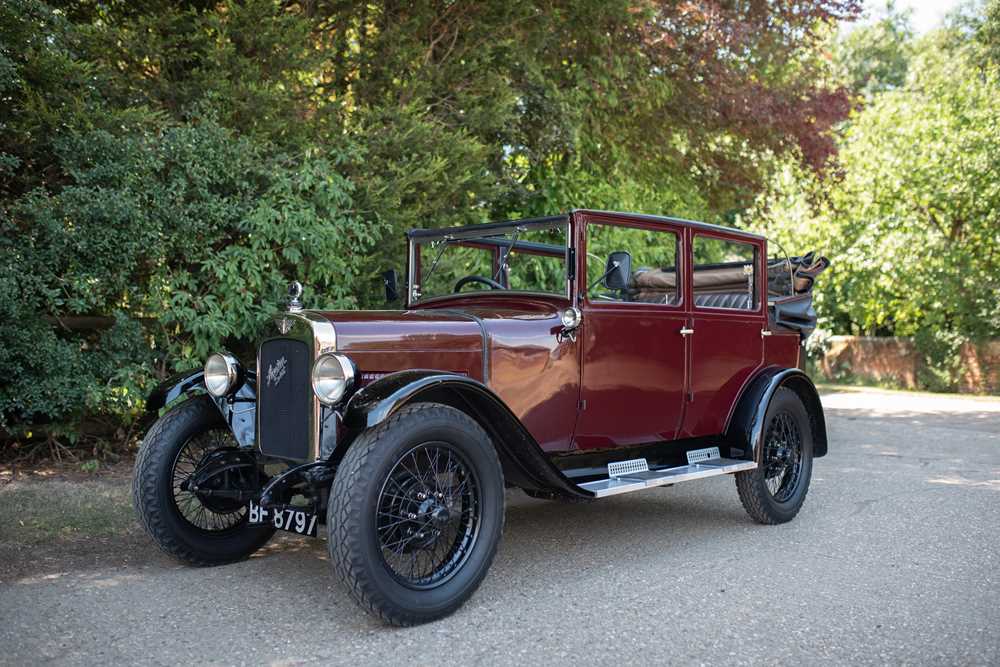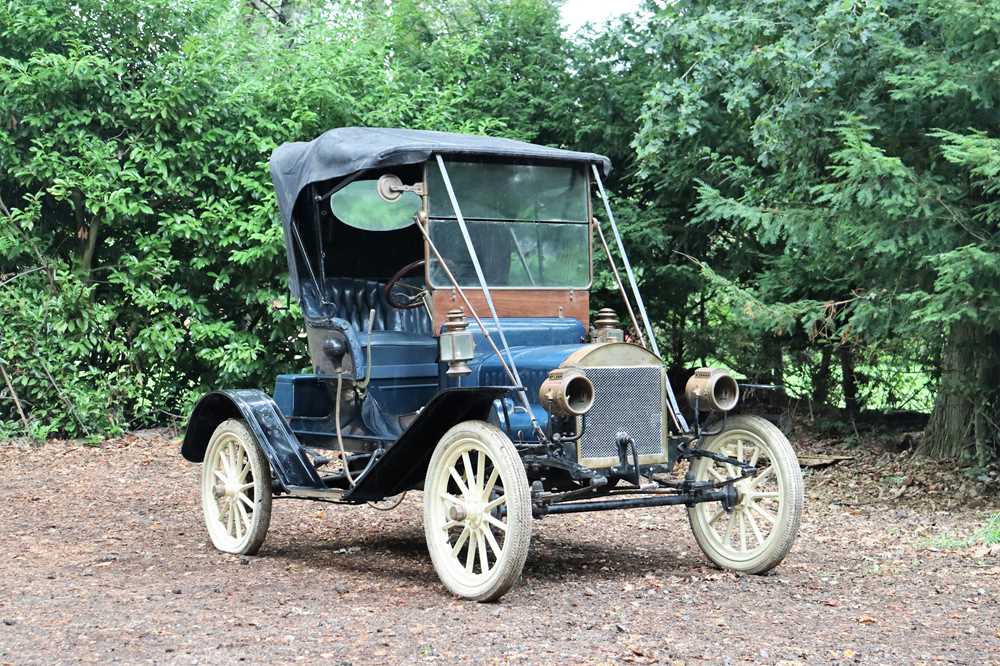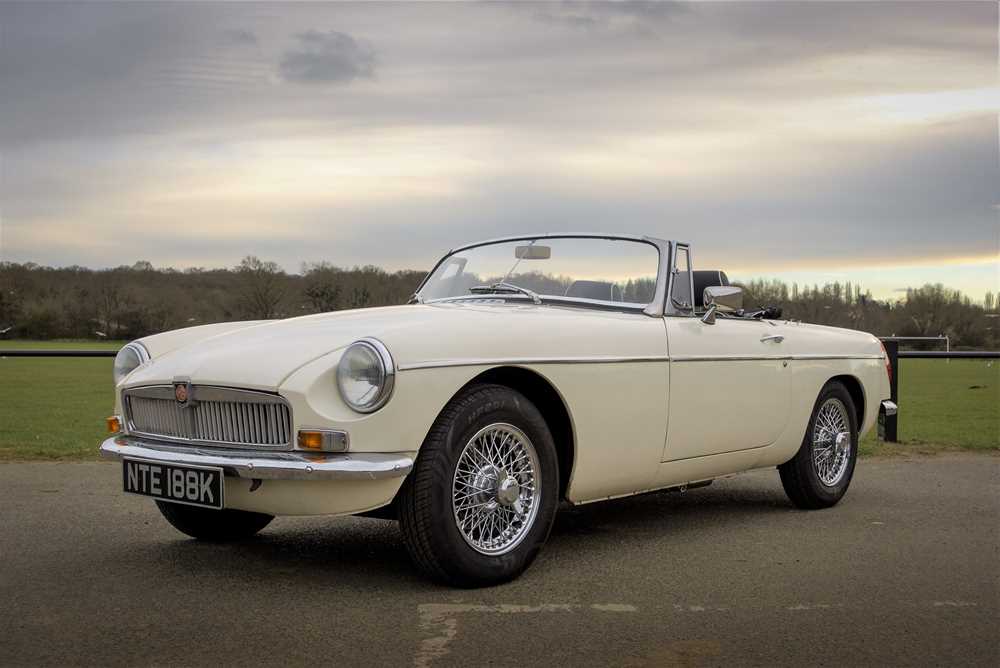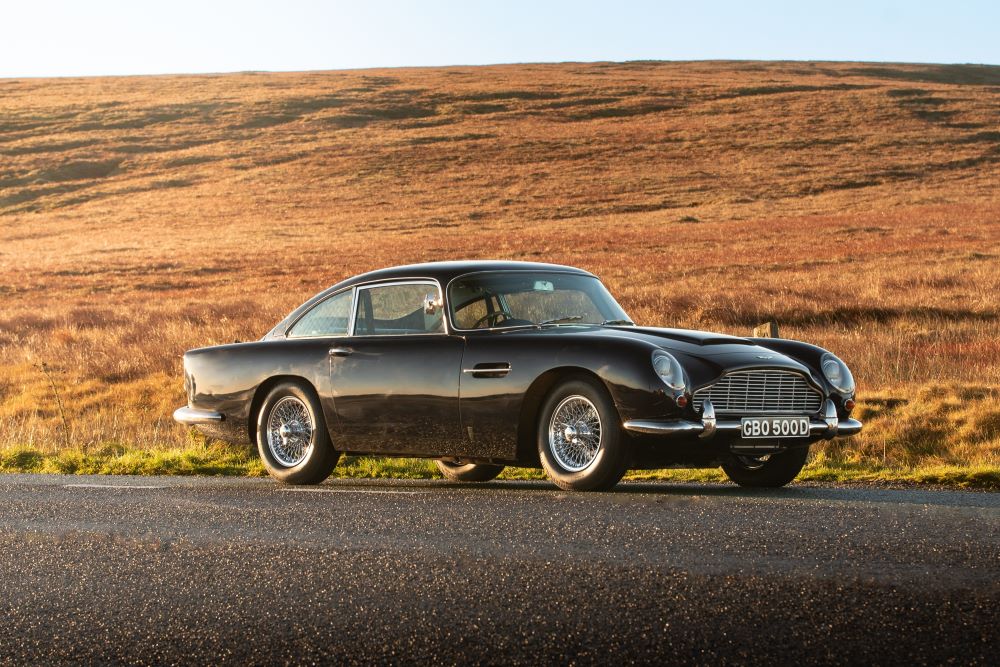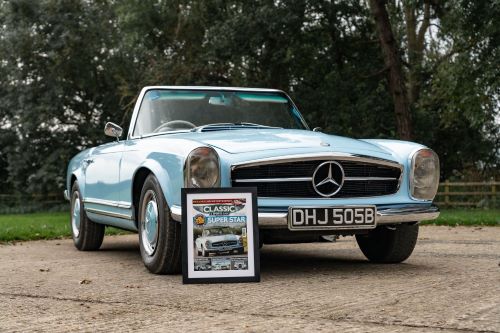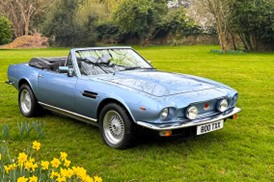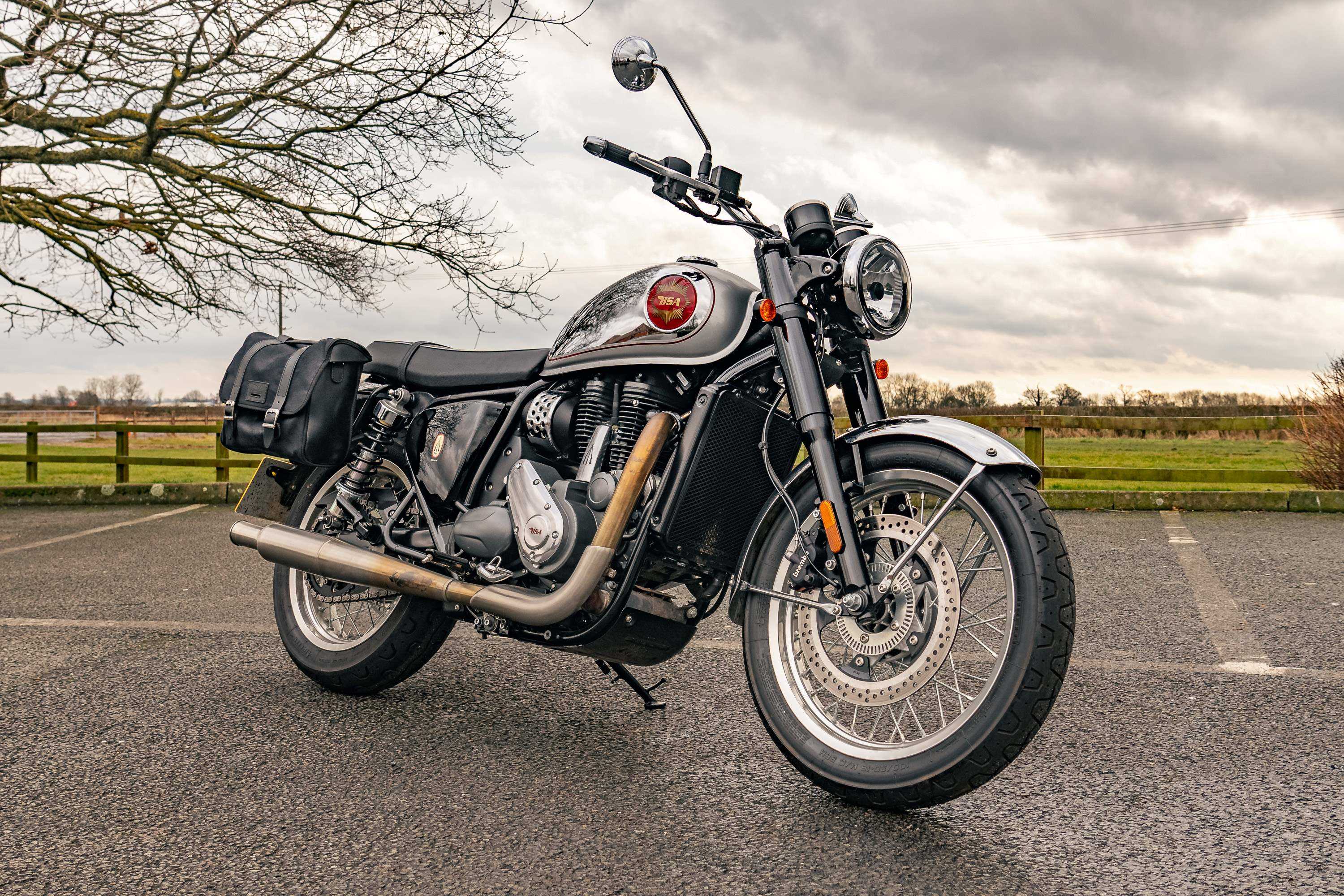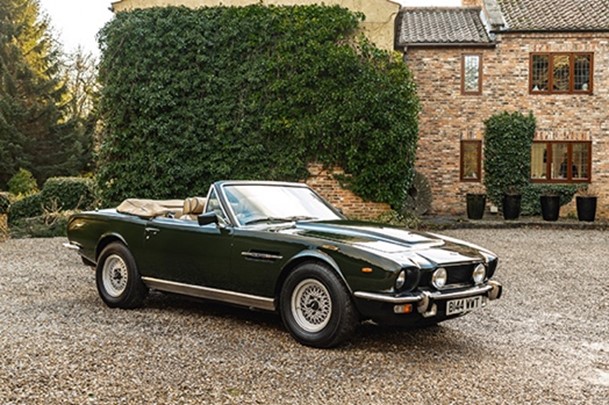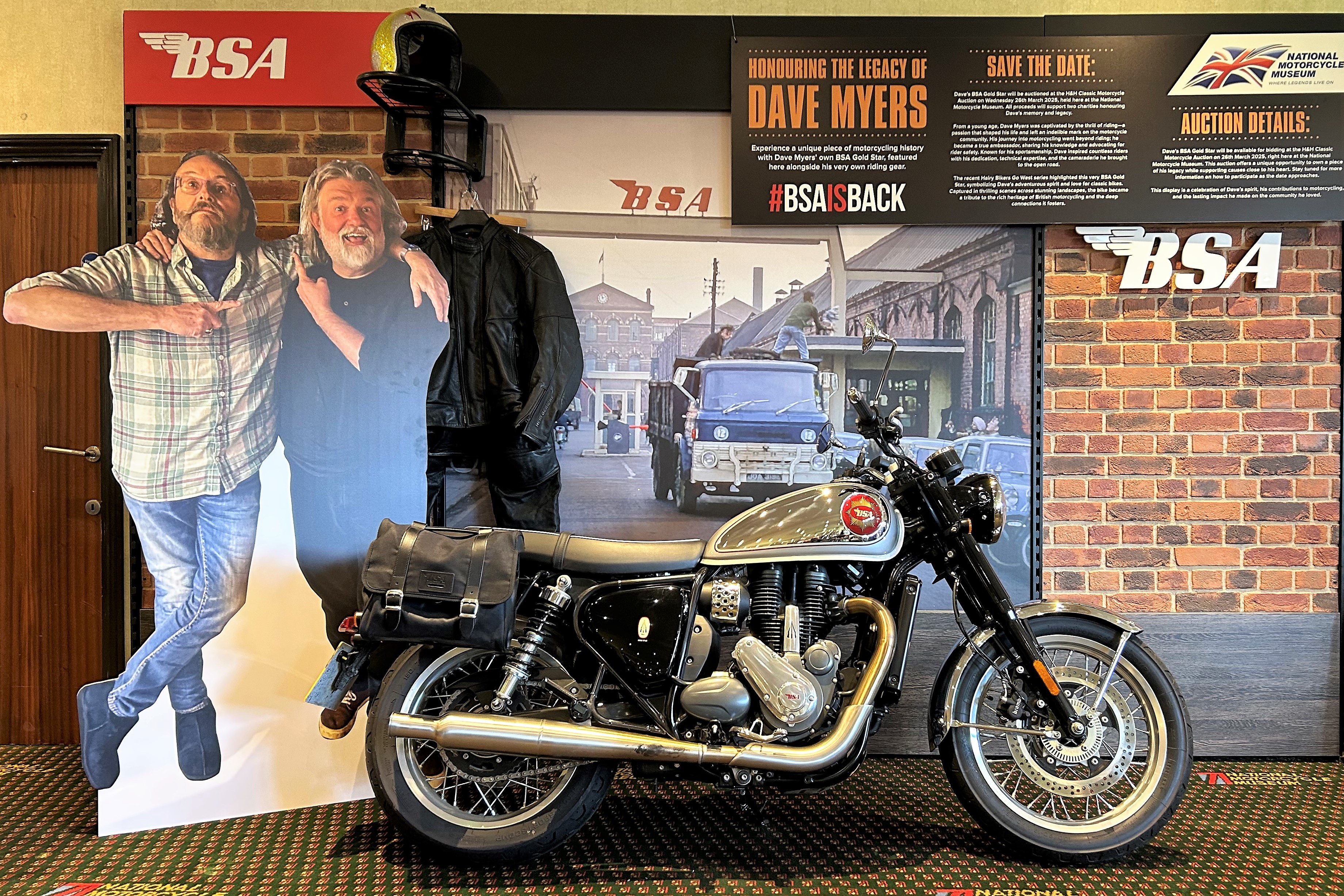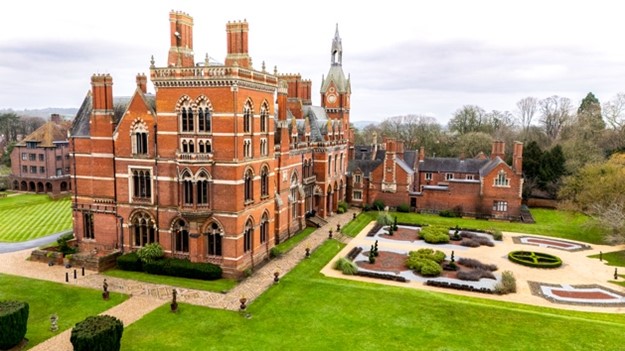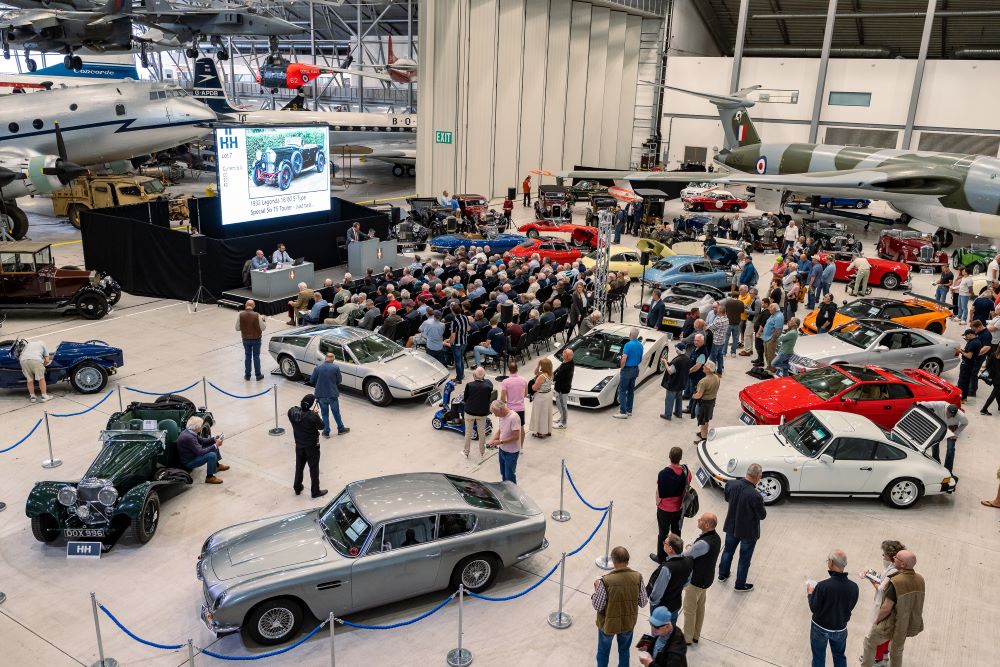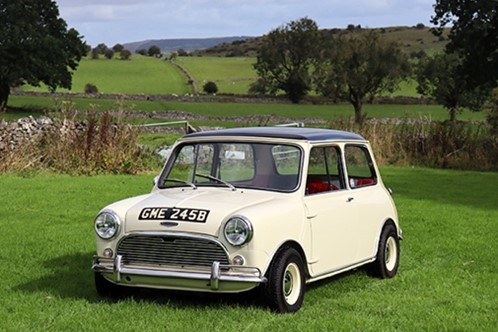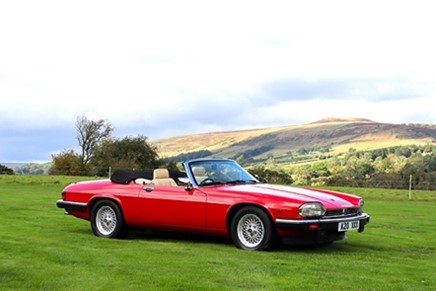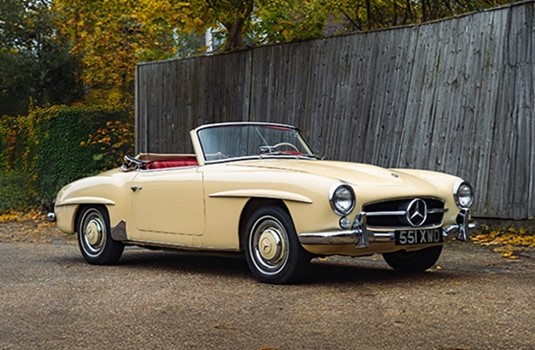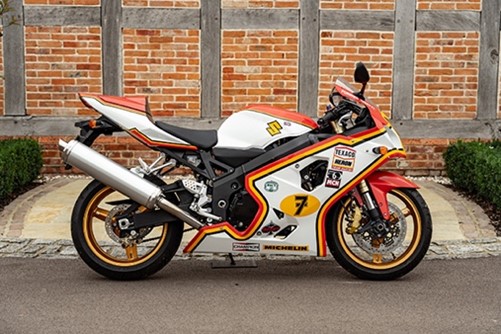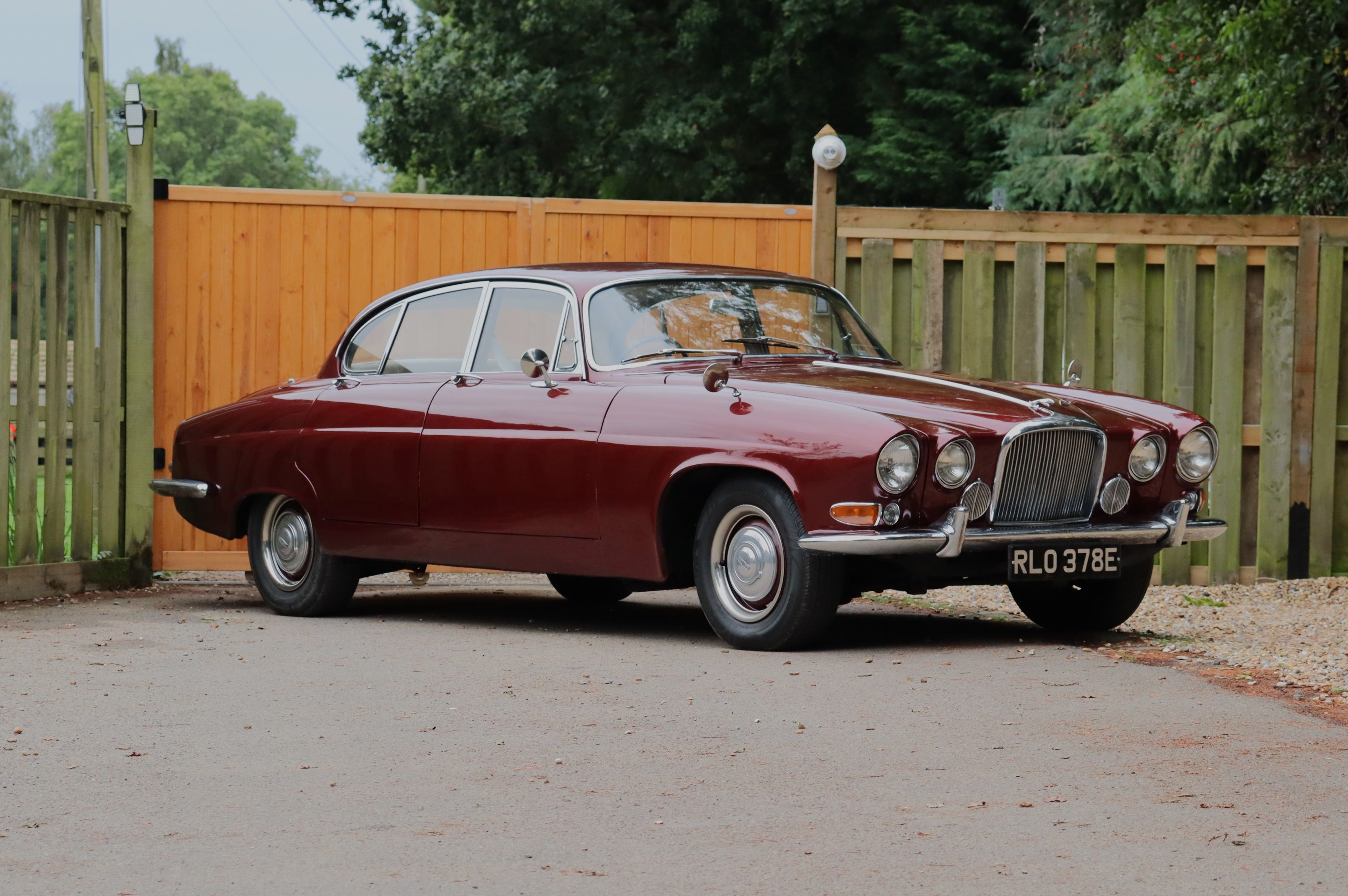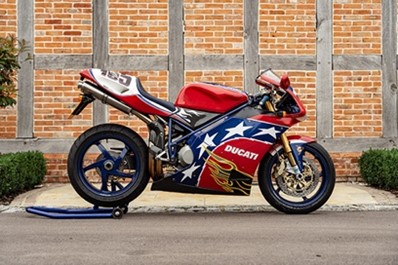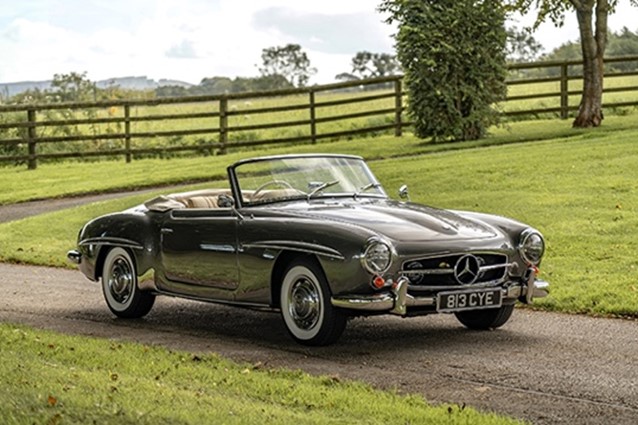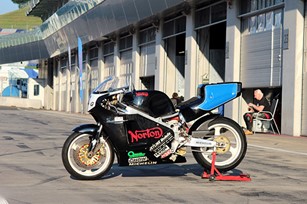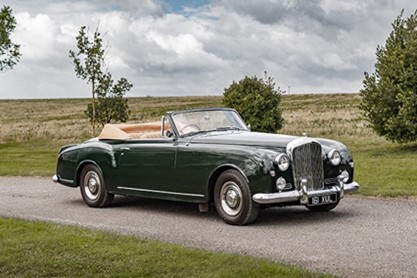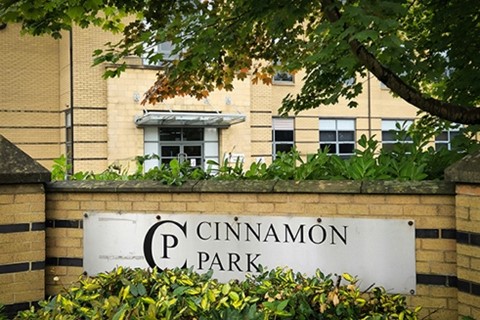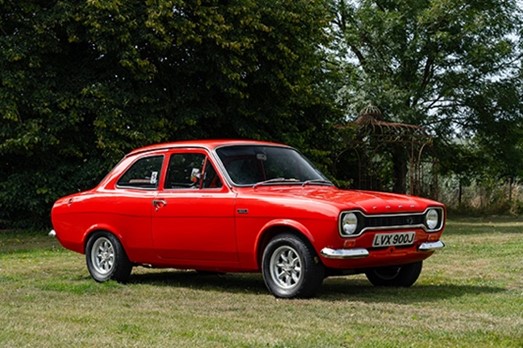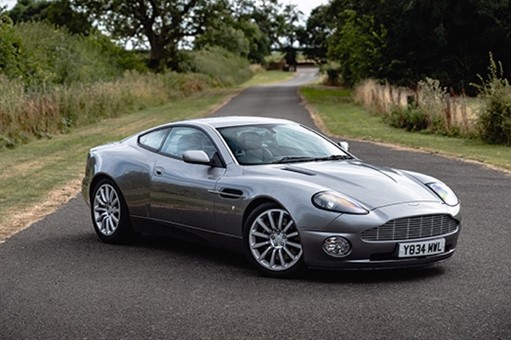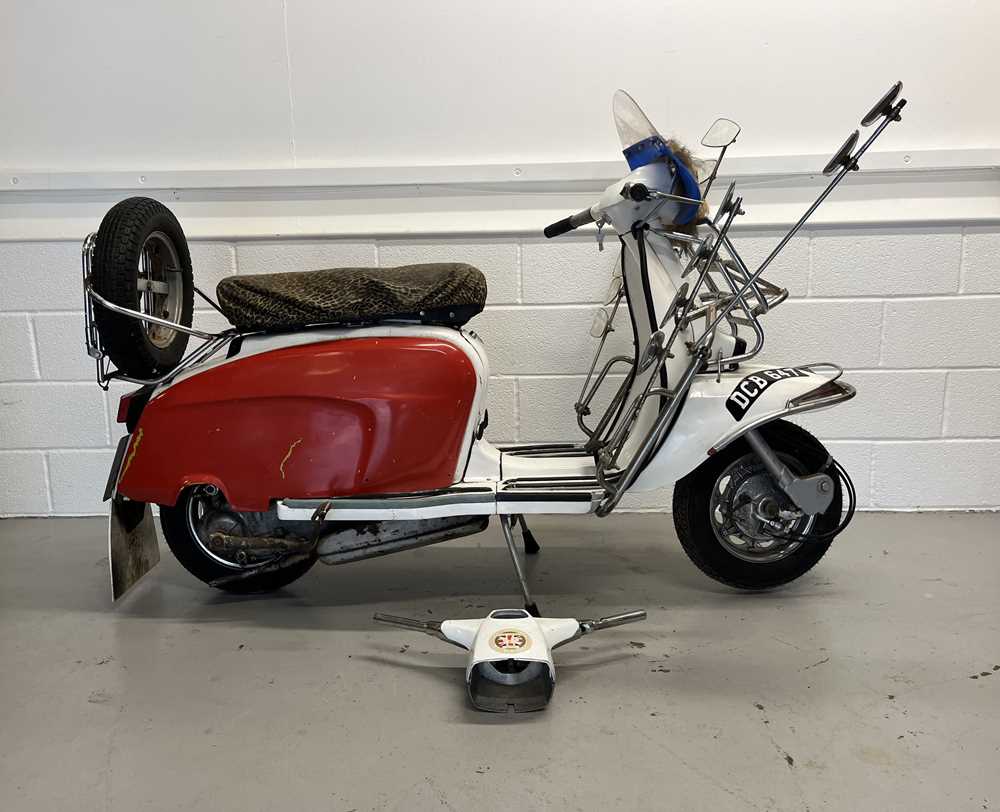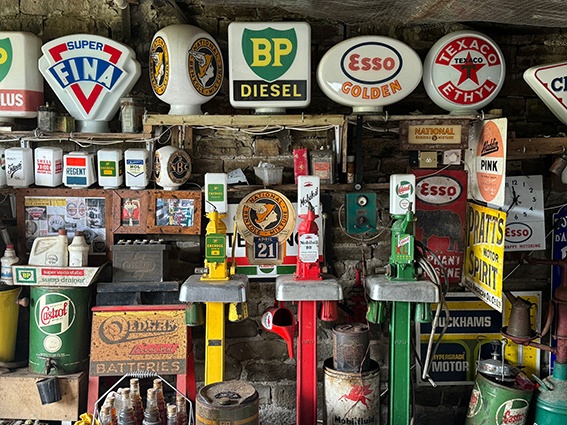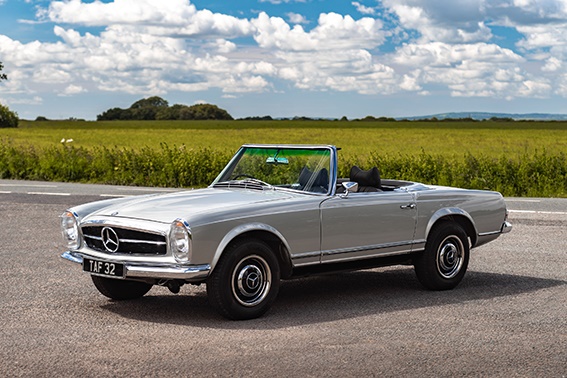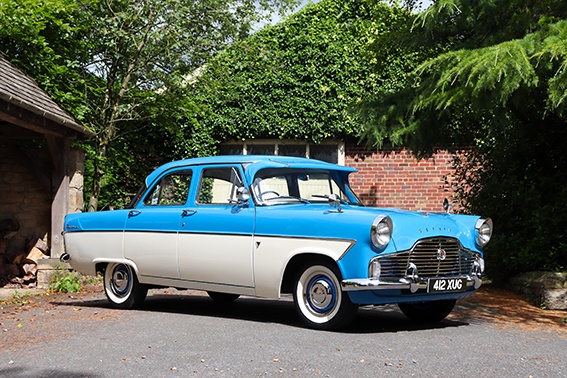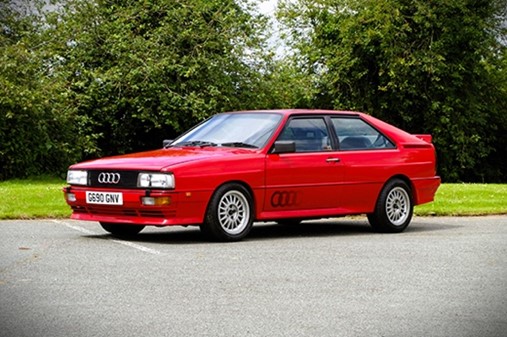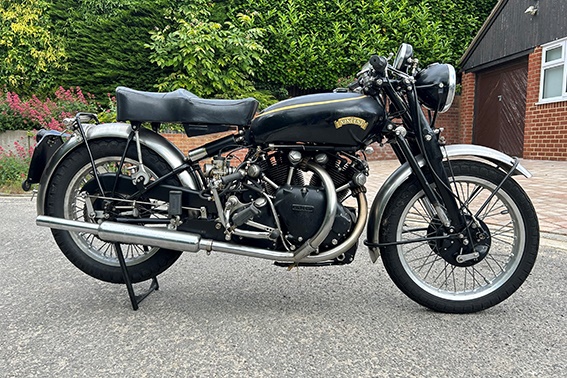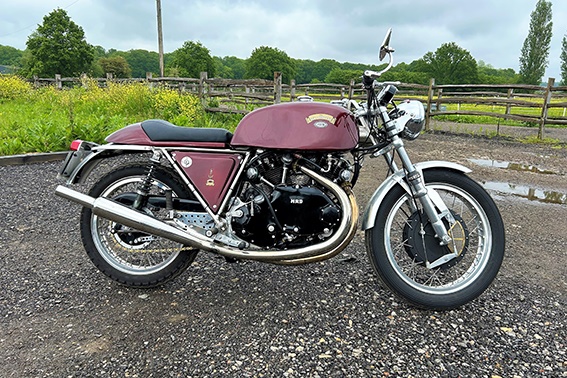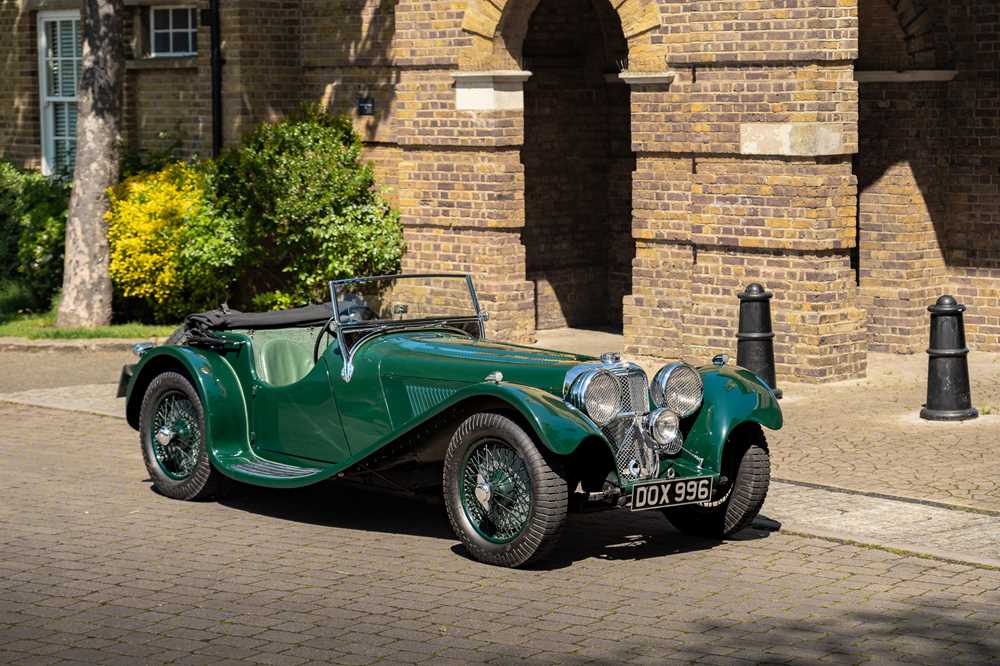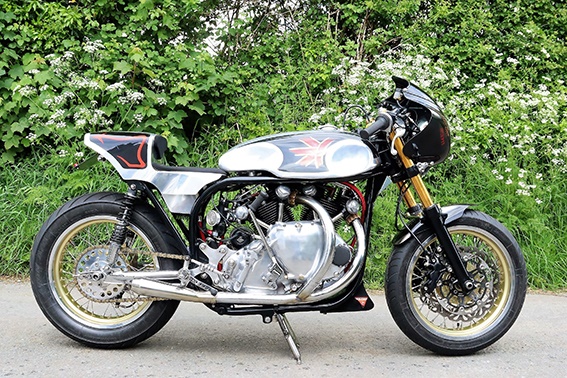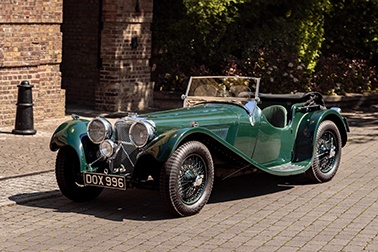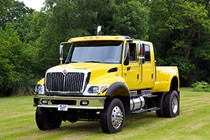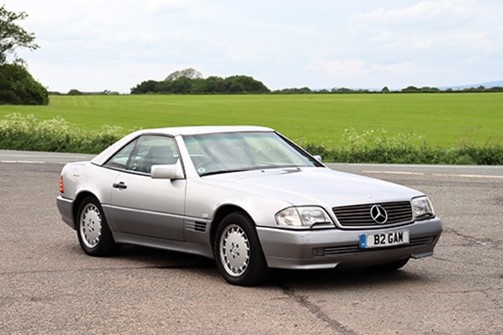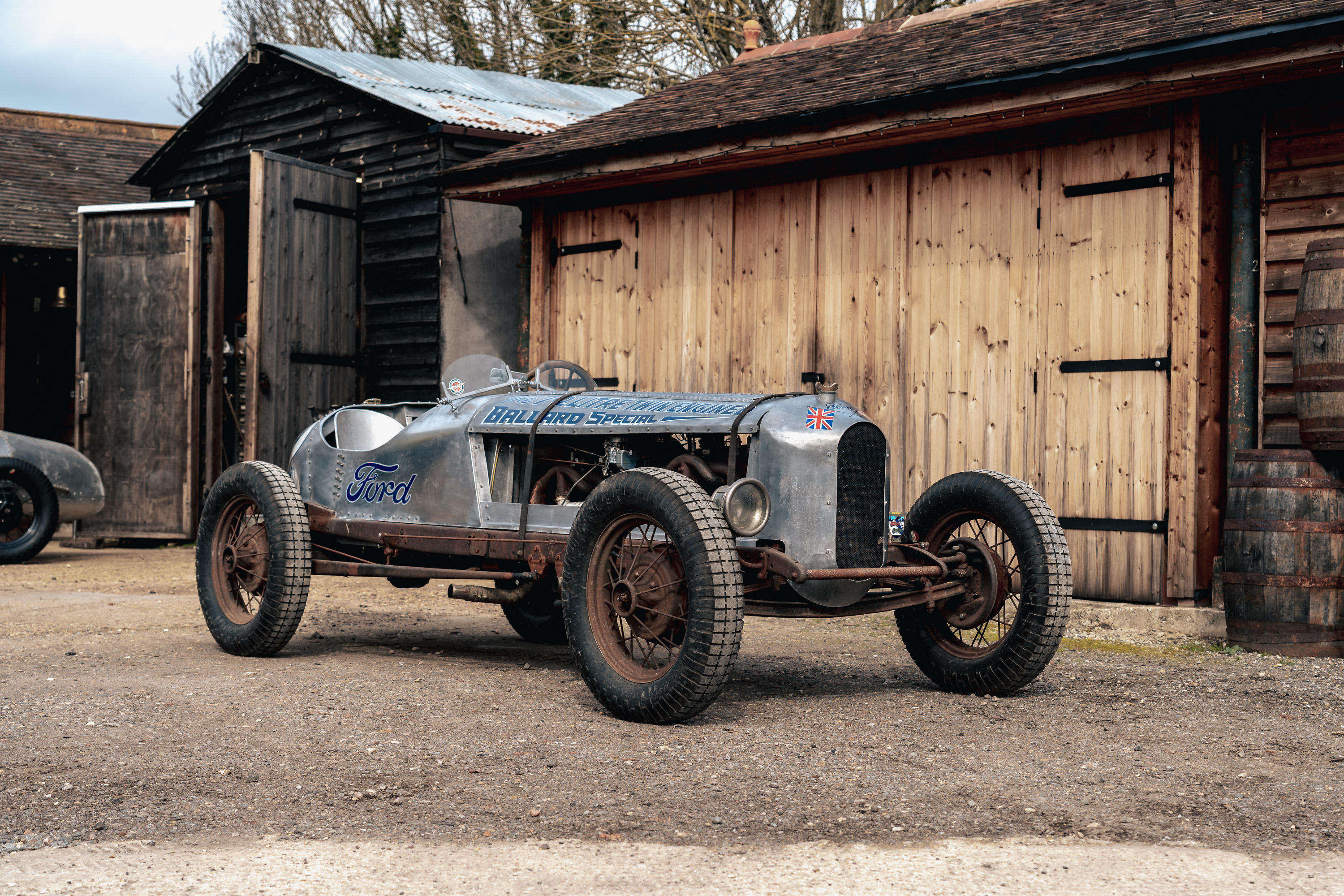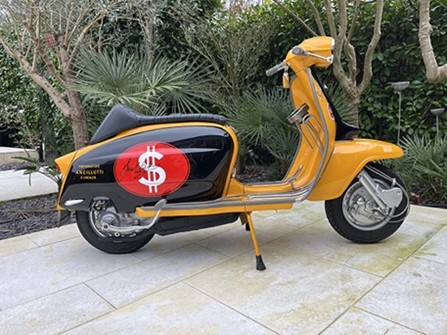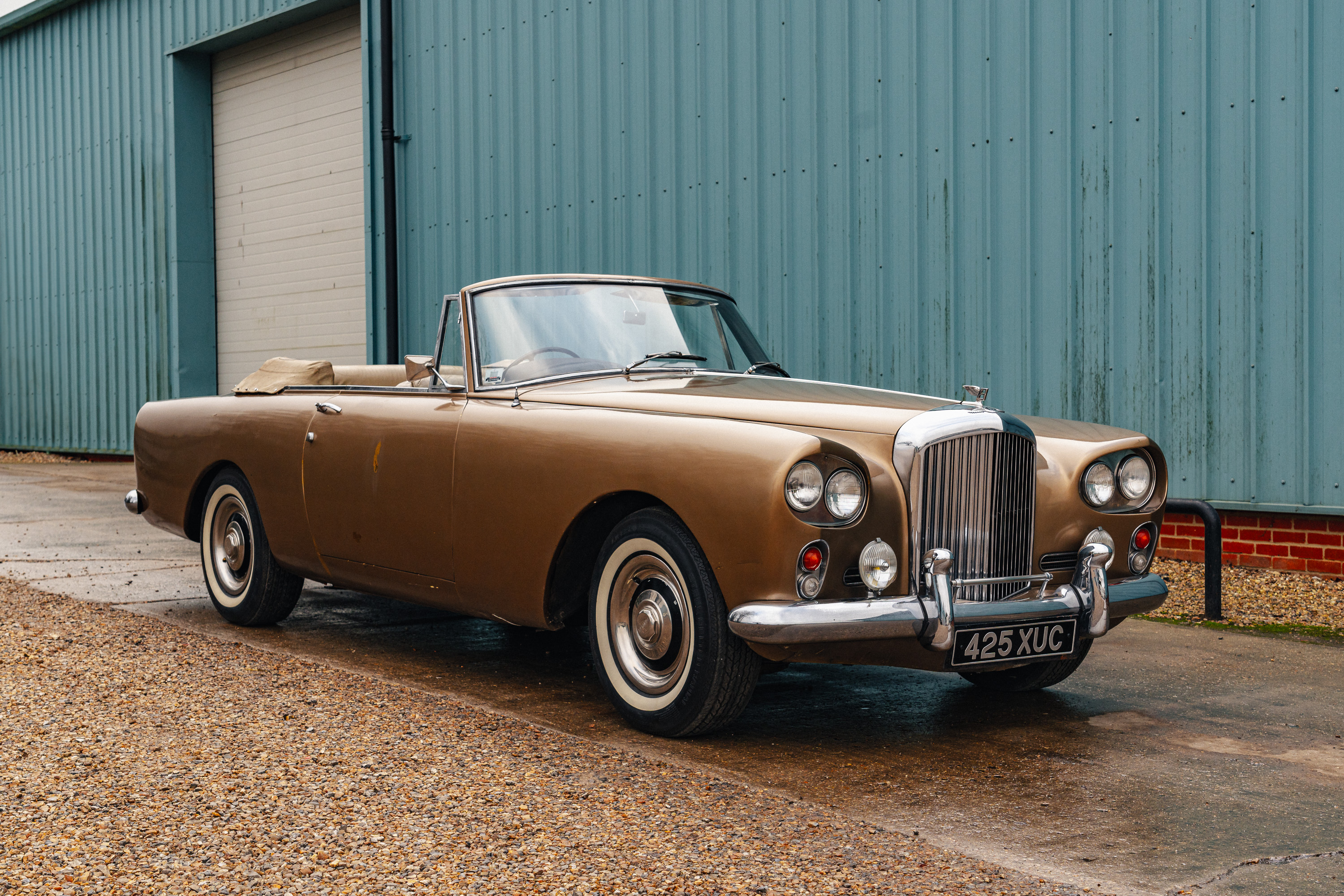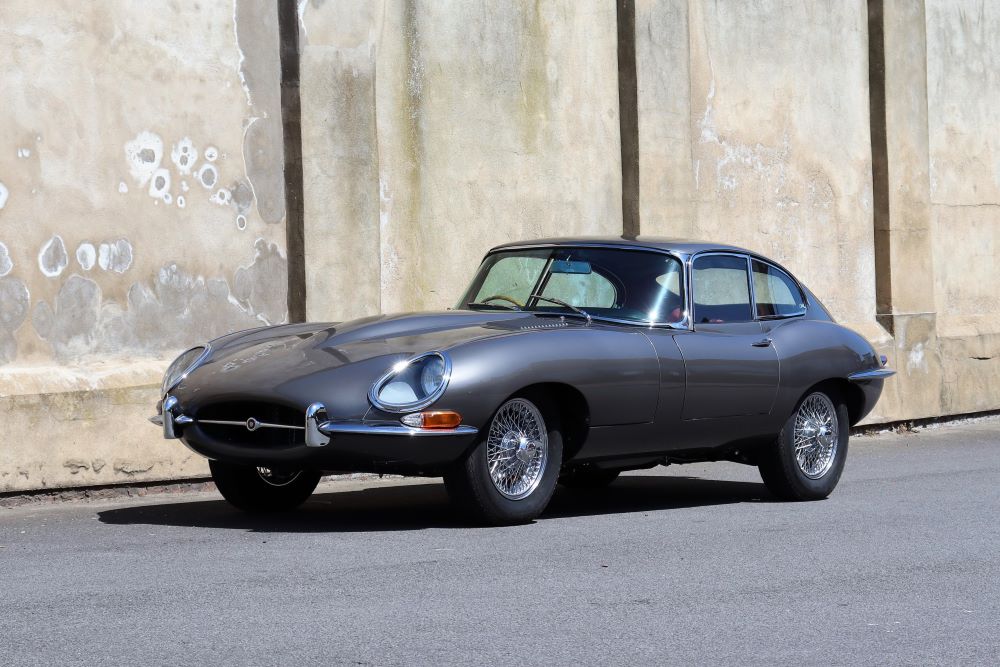29th Oct, 2009 14:20
Haynes International Motor Museum
1930 Talbot 90 Fox & Nicholl Team Car
Sold for £137,812
(including buyers premium)
Registration No: PL 4
Chassis No: AO29903
Mot Expiry: July 2010
"The 1930 Le Mans race is often remembered for the struggle in which one Mercedes defeated the Blower Bentleys but was itself vanquished by the 6½s, whereas the most telling, and also the most significant performance, historically, came from the brace of Talbot 90s which finished third and fourth, ahead of all but two Speed Sixes. Using a plain unsupercharged production engine of only 2¼ litres, with pushrod overhead valves, not overhead camshaft, and fitted with a single updraught carburettor, they beat every Bentley below 6½ litres, together with the 38/250 Mercedes, Earl Howe's supercharged twin-cam Alfa Romeo and a 5-litre Stutz. Somewhat naturally they won the Indice de Performance. The great Charles Faroux called their performance stupéfiant, and he was right. Not only were the two Talbots tremendously fast and reliable, they were practically silent as well, making no more fuss than a rolled umbrella" (D.B. Tubbs, `The Talbots 14/45 - 110' Profile Publications).
With his contract to manage the Lagonda Works team terminated at frustratingly short notice in mid-January 1930, Arthur Fox of the Tolworth-based dealer and race preparation specialist Fox & Nicholl sought a new marque partner for the forthcoming season. Aided and abetted by Colonel Warwick Wright, he persuaded the Clement Talbot Ltd board to build and maintain three specially modified four-seater touring cars based on the company's highly regarded 70 model (rechristened the 75 during mid 1930). In return, Fox promised to source a team of drivers and pay all entry fees as well as taking responsibility for pre-race testing etc. Talbot's brilliant chief engineer, Georges Roesch, was typically unperturbed by the challenge of turning the roadgoing 70 into a credible racer. His creation, the AO 90, sat on a 9ft 3in wheelbase and utilised a mixture of AQ 14/45 Scout and AO 70 frame members for its ladder-frame chassis. Further reinforced by having the engine bolted directly to it and employing a torque tube between the unit-mounted four-speed manual gearbox and back axle (4.6:1 final drive ratio), the channel-section structure was equipped with all round leaf-sprung suspension (semi-elliptic front / quarter-elliptic rear) and large diameter 16-in drum brakes.
Sharing its bore and stroke dimensions (69.5mm x 100mm) and basic architecture with the 70, the newcomer's straight-six nevertheless generated significantly more horsepower and torque thanks to a revised combustion chamber profile, 10:1 compression ratio, special domed two-piece pistons and strengthened exhaust valves. Able to boast a fully counterbalanced seven-bearing crankshaft and Roesch's trademark lightweight overhead valvegear (`knitting needle' pushrods and `knife-edge' fulcrums etc), the unit developed some 85bhp @ 4,500rpm and finally 93bhp @ 4,500rpm; outputs that compared favourably with the `Pescara' and `Mille Miglia' racing variants of the similarly normally aspirated but DOHC Alfa Romeo 6C 2300 which arrived a few years later (95bhp @ 4,500rpm). Sparingly bodied in fabric over wood to contemporary International Sports Car Regulations (which stipulated that all cars above 1.5 litres should be four-seaters) by the Hoyal Body Works at Weybridge, the three Fox & Nicholl Team Cars were road registered as `PL 2' (chassis number 29901), `PL 3' (chassis number 29902) and `PL 4' (chassis number 29903) on May 5th 1930. The pride of Talbot's Barlby Road, North Kensington factory, the striking equipe was finished in ivory white with black wings; their high bonnet lines being offset by distinctive sloping `alligator' tails housing a 35-gallon fuel tank / spare wheel.
Although by the end of the year `PL 2', `PL 3' and `PL 4' had established themselves as a dominant force in the 3-litre class, the trio were lucky to survive their competitive debut. Allocated to Johnny Hindmarsh / Max Aitken (`PL 2'), Roland Hebeler / J.W. Ellison (`PL 3') and Colonel Euan Rabagliati / Howard Wolfe (`PL 4') respectively, the Talbots were among fifty-nine starters to line up for the May 9th-10th Junior Car Club's Brooklands Double Twelve meeting. Pitted against Works-sponsored opposition from the likes of Bentley, Alfa Romeo, Aston Martin and MG not to mention privateers such as the Malcolm Campbell / Earl Howe Bugatti Type 43, the Barlby Road cars impressed with their turn of speed and eerie refinement. However, the threesome made headlines for all the wrong reasons after `PL 3' and `PL 4' were involved in a tragic accident towards the end of the first day's racing.
Keen to pass the Alfa Romeo 6C 1750 of Boris Ivanowski / George Eyston, Colonel Euan Rabagliati positioned `PL 4' on the Italian car's tail with Roland Hebeler aboard `PL 3' keeping very close company. The Alfa and two Talbots are estimated to have been travelling at 103mph when they encountered Archie Frazer Nash's significantly slower Austin 7 Ulster. Slewing broadside as he tried to go round the Austin, Rabagliati was then hit amidships by Hebeler. Pitched into a barrel roll `PL 4' smashed through the perimeter fencing and collided with a group of spectators, while `PL 3' - its steering broken - hit a telegraph pole before turning over. Rabagliati was hospitalised and his riding mechanic Ted Allery killed. By contrast Hebeler sustained only minor injuries and his riding mechanic William R. Jury walked away unhurt. However, the crash left one race goer dead and dozens more traumatised. Somewhat controversially the organizers allowed the event to run its course (though, Johnny Hindmarsh / Max Aitken withdrew `PL 2'); the eventual winner being the Bentley Speed Six of Frank Clement / Woolf Barnato.
Suitably repaired with a new chassis each etc, `PL 3' and `PL 4' decamped to France for the Le Mans 24-hours race on June 21st - 22nd (`PL 2' accompanying them as a practice / T-car). Dismissed by many in the face of formidable Bentley Speed Six, Bentley 4.5 Litre Supercharged, Stutz DV32 and Mercedes-Benz SS opposition, the Talbot 90 pairing proved deceptively fast and durable defeating all save the Bentley Speed Sixes of Woolf Barnato / Glen Kidston and Frank Clement / Richard Watney. By finishing third and fourth overall respectively, `PL 3' (Brian Lewis / Hugh Eaton) and `PL 4' (Johnny Hindmarsh / Tim Rose-Richards) won the up to 3-litre class; setting a trend which would last for the rest of the season. Just less than a month later, the Fox & Nicholl cars acquitted themselves well in the wake of Rudolf Caracciola's victorious 7.1 litre supercharged Mercedes-Benz SSK during the Irish Grand Prix meeting's Eirann Cup race on July 19th; the trio taking the chequered flag in sixth `PL 2' (Brian Lewis), seventh `PL 3' (Hugh Eaton) and eighth `PL 4' (Tim Rose-Richards) places for another class win.
Finishing the Ards Tourist Trophy race on August 23rd in ninth `PL 2' (Brian Lewis, 1st in class), thirteenth `PL 3' (Johnny Hindmarsh, 2nd in class) and fourteenth `PL 4' (Hugh Eaton, 3rd in class) places overall, the Talbots had the satisfaction of completing the same number of laps as Tazio Nuvolari's podium topping Alfa Romeo 6C 1750 Gran Sport. For their last major Works outing, the Fox & Nicholl cars participated in the Brooklands 500-Miles race on October 4th. Treated by many as an end of season finale prior to the inevitable winter overhaul / rebuild the `500-Miles' was a notorious car breaker. Thus, while `PL 2' (Johnny Hindmarsh / Howard Wolfe) and `PL 3' (Tim Rose-Richards / Owen Saunders Davies) took sixth and seventh places overall, a hurriedly prepared `PL 4' (Hugh Eaton / Bill Craig) was forced into retirement. Loaned to H.S. Linfield of Autocar magazine for the RAC London - Edinburgh Trial in May 1931, `PL 4' came away from the event with a Gold Medal. By the following year the Talbot was in the hands of Patricia McOstrich of Speedy Transport and Garages Ltd. A member of the Women's Automobile and Sports Association whose contribution to the contemporary book `Careers and Vocational Training: a guide to the professions and occupations of educated women and girls' included the advice that: "Motor racing as a career cannot be recommended except for those with plenty of money and where earning a living is not the object . . . The garage owner who also races is at an advantage since her repairs and tuning can be done under her own care and management, also having a knowledge of racing herself, her advice and experience may bring her in touch with new clients", McOstrich campaigned the 90 at Brooklands together with her friend, Miss G Hedges.
During the Inter Club Race Meeting at the famous Weybridge circuit on June 18th 1932 Hedges won the Sports Long Handicap and McOstrich placed ninth in the Five Lap Handicap. Seemingly the faster of the two, Hedges piloted `PL 4' to a fine second place behind H.J. Aldington's Frazer Nash in the Cobham Senior Short Handicap (Whitsun Race Meeting, June 5th 1933) and a few weeks later came third in the Lightning Short Handicap (Inter Club Race Meeting, July 8th 1933); though, on the latter occasion McOstrich managed sixth in the Senior Long Handicap. Not afraid of getting her hands dirty, McOstrich continued to fettle and compete with the ex-Fox & Nicholl machine (including nabbing second place at the Spring 1934 Second Walton Scratch Sprint) before placing an advertisement for it in the July 31st 1934 issue of MotorSport magazine which read as follows: "PL 4 - One of the famous 90 Talbot team cars, beautiful mechanical condition, new tyres, generously equipped, concealed hood, special side curtains, an ideal car for a discerning motorist, 5-100mph in top. Any inspection invited £255. Speedy, 55 Elizabeth Street, SW1. Sloane 7218".
Over the course of the next six years or so, the Talbot passed through the hands of G.N. Mackie Esq, Roland Hebeler Esq. (of Fox & Nicholl) and Ken Chadwick Esq. According to James Fack's excellent article `No way to treat a lady - The extraordinary story of Talbot team car PL 4' which appeared in the Sunbeam Talbot Darracq Register's Summer 1995 Journal (No. 145), the four-seater was still "a largely original, if pretty tired, 10-year old motorcar" by the time that L.S. Daniels Esq acquired it in Summer 1940. Daniels appears to have driven the 90 with great gusto and enthusiasm. Having wrecked the original engine through a combination of high-speed and low coolant, he fitted a replacement powerplant from an 18hp saloon. Sadly that unit fell victim to over-revving at which point Daniels decided to `upgrade' the former racer with running gear taken from a 1933 Talbot 95 Saloon including its engine, pre-selector transmission, steering column / box / gear-selector quadrant and rear axle. Further modified with cut-down wings and Dural cladding to its fabric bodywork, `PL 4' was nonetheless deemed worthy of an article in MotorSport by Bill Boddy. Appearing in June 1943, the piece was penned by Daniels and gave the impression that the `improved drivetrain' had not only gone together nicely but also provided some 15,000 miles of near trouble free motoring.
Advertised in the same publication some ten months later, the Fox & Nicholl Team Car was purchased by Desmond Kay Esq who in turn sold it to John Lloyd AFC during 1950. Mr Lloyd was less than enamoured of Mr Daniels' handiwork and wrote a somewhat uncomplimentary account re the alterations in the April 1952 issue of Car and Car Topics (a title he both edited and published). Determining that the original chassis frame was too twisted and cracked to be worth saving, Lloyd substituted one from an AW 75 and then chopped some three inches off the front of the rear springs so as to achieve a 9ft 3in wheelbase (the AW 75's nominal wheelbase was 9ft 6in). Unfortunately, the `new' chassis proved a bad fit with the team car coachwork. Undeterred, Lloyd discarded the sloping `alligator' tail and 35-gallon fuel tank and fitted some spacer fillets. With `PL 4' well and truly distanced from its 1930 specification, Lloyd even went as far as having the Talbot re-registered as `GRX 868'. It was in this guise that Anthony Brooking acquired the four-seater during late 1957 / early 1958. Having discovered the number `PL 4' painted on the underside of its floorboards, he wrote to Veteran and Vintage magazine asking if any reader could confirm that the vehicle was a former Team Car. John Lloyd sent a reply which appeared in the very next issue and went some way towards chronicling his experience of the car: "a Talbot 95 power-unit and gearbox had been slung into the chassis (I can't say fitted because it wasn't - it hung suspended on its rear mounting bolts)". During the course of his stewardship, Brooking sourced a correct-type bonnet but anomalous tail section for the Talbot as well as reclaiming the registration number `PL 4'.
As the author of `Georges Roesch and The Invincible Talbot', Anthony Blight had set ideas about what to do with the ex-Le Mans racer when he became its custodian in 1973. Though, as James Fack pointed out: "By then, of course, the original frame, most of the original bodywork, and all the most important original mechanical organs had disappeared - so that Anthony's eventual `resurrection' of `PL 4' was able to employ only a very small number of components from the original Team Car". Blight commissioned Arthur Archer to harvest this `very small number of components' and build them into a new car which mimicked the Fox & Nicholl machine precisely. However, the project had only got as far as a mechanically complete rolling chassis by 1985 when Blight sold it to Paul Moorhouse. The latter enlisted the services of Bill Barrott who was able to create a precise facsimile of the original bodywork thanks to Pat Stephenson's loan of the remarkably unmolested `PL 2'. Barrott completed the `resurrection' of `PL 4' during Autumn 1987 and then wrote as part of an insurance assessment that "This particular vehicle is almost unique being one of two survivors of the original team of three cars". Naturally, there will be those who - just as if they were confronted by a re-shelled Works Mini or Lotus XI resuscitated using a new frame - feel that `PL 4' ceased to exist once Lloyd scrapped its original chassis. However, to quote James Fack again: "The sale invoice (between Blight and Moorhouse) referred to the car as `the Talbot 90 Team Car PL 4' - and, if one can accept the woodman's axe analogy as being applicable to a motorcar, that's what it is: a car with a continuous identity (or `history') as PL 4, but which now contains only very few components from the original Team Car".
Paul Moorhouse kept the Talbot until selling it to David Jones in 2001. Jones then made a successful application to the FIA for `PL 4' to be issued with a Historic Vehicle Identity Form on which he listed the car's most notable period racing exploits and even had these same results engraved on the fuel filler cap (since replaced). Thanks to some fine tuning and development work by Ian Polson, David Jones amassed several VSCC tankards aboard `PL 4' as well as twice winning the STD Register's Wilding Trophy. Thereafter, the `90' went to marque stalwart and historic racing patron John Ruston before entering the current family ownership during November 2004. Interestingly, Mr Ruston believes the front springs to be original and thinks that part of the front axle assembly might be too. Issued with a Vintage Sports Car Club Eligibility Document as a `Modified' vehicle in October 2006 and a MSA Historic Technical Passport the following year, the Talbot has enjoyed numerous outings this season including the VSCC's Pomeroy Trophy and Prescott meetings. Capable of road use and potentially eligible for such prestigious events as Le Mans Classic, this historic but far from original 90 is offered for sale with a continuation logbook, V5C registration document, assorted FIA / MSA / VSCC paperwork, copy of James Fack's `No way to treat a lady' article, letter from Anthony Blight (dated 27th July 1977), photocopied handbook, numerous Bill Barrott invoices and MOT certificate valid until July 2010.
Auction: Haynes International Motor Museum, 29th Oct, 2009
All successful bids must be paid in full by midday the day after the auction at the latest.
You can collect your new pride and joy from our venue until 1pm the day following the sale or our partners are on hand to help arrange safe transportation:
Do you have an item to sell?
If so, contact one of our friendly specialists for your free valuation by completing the form below and someone will get back to you as quickly as possible.
If you prefer to speak to humans, don't hesitate to call our office on +44 (0)1925 210035
Other lots in this sale
